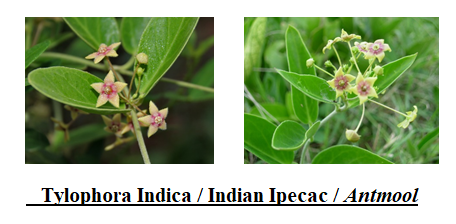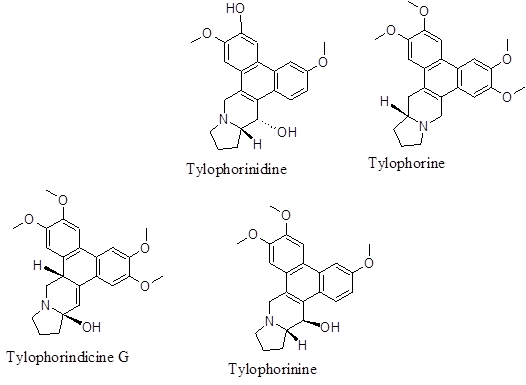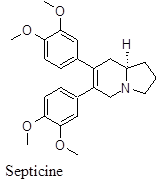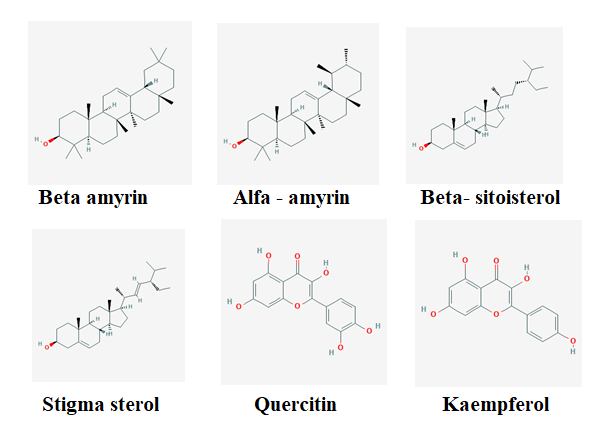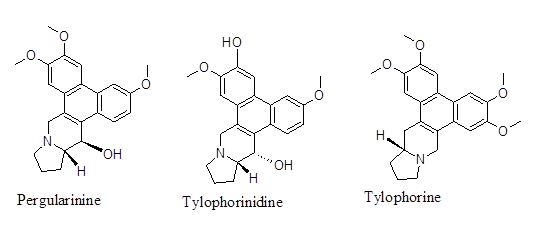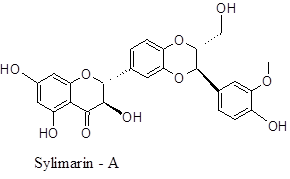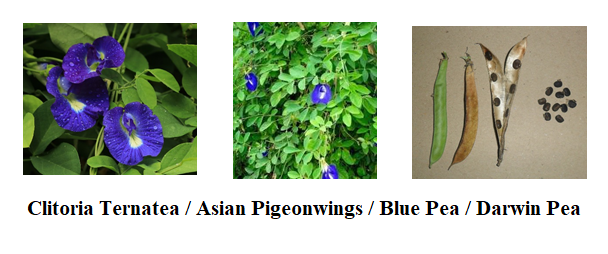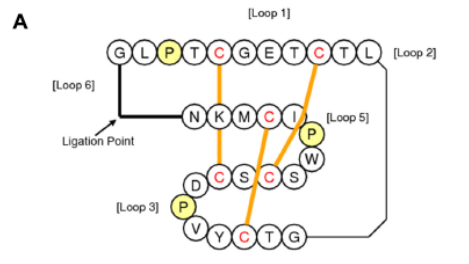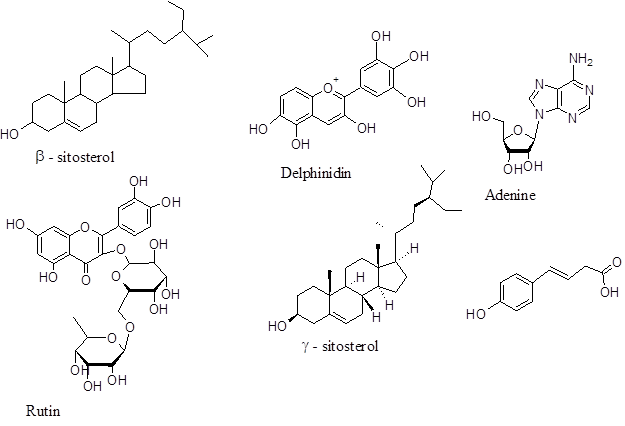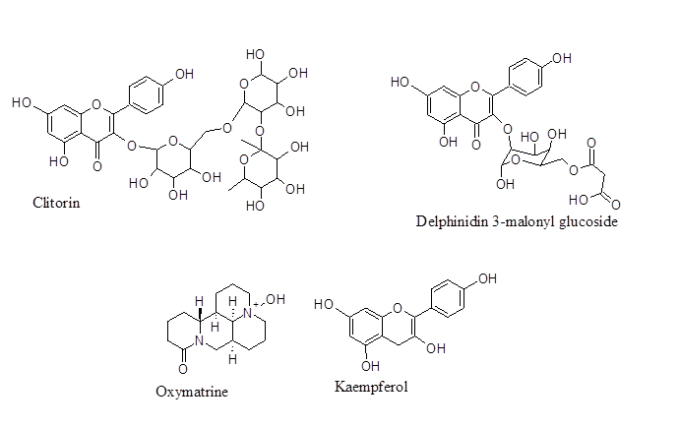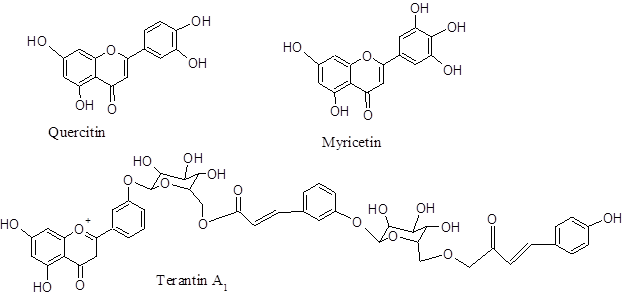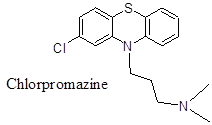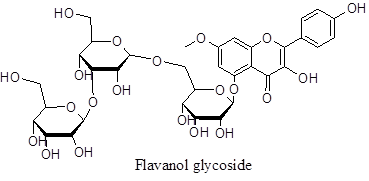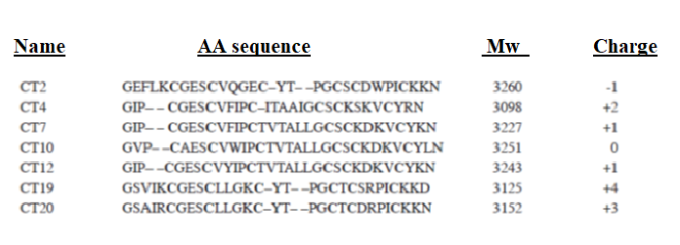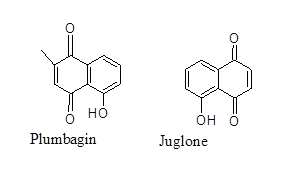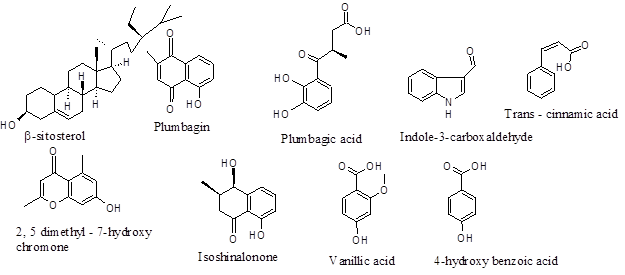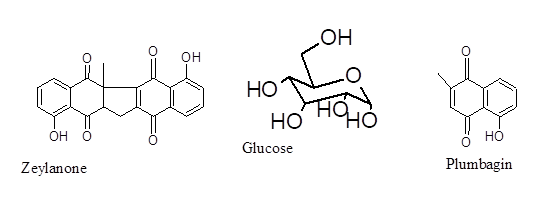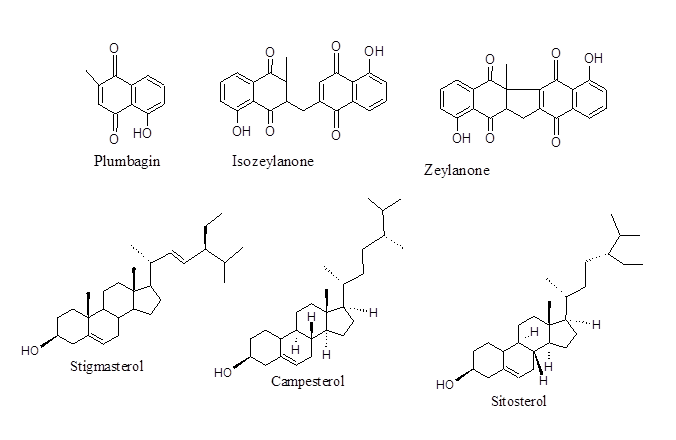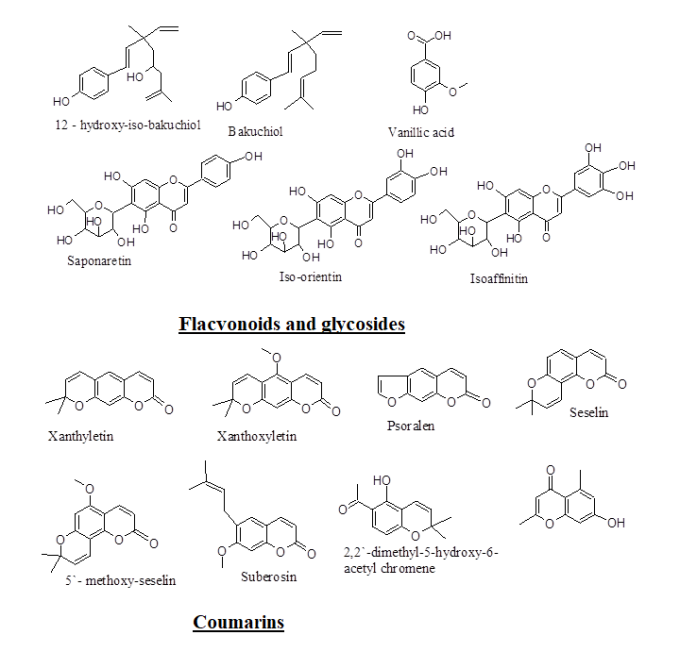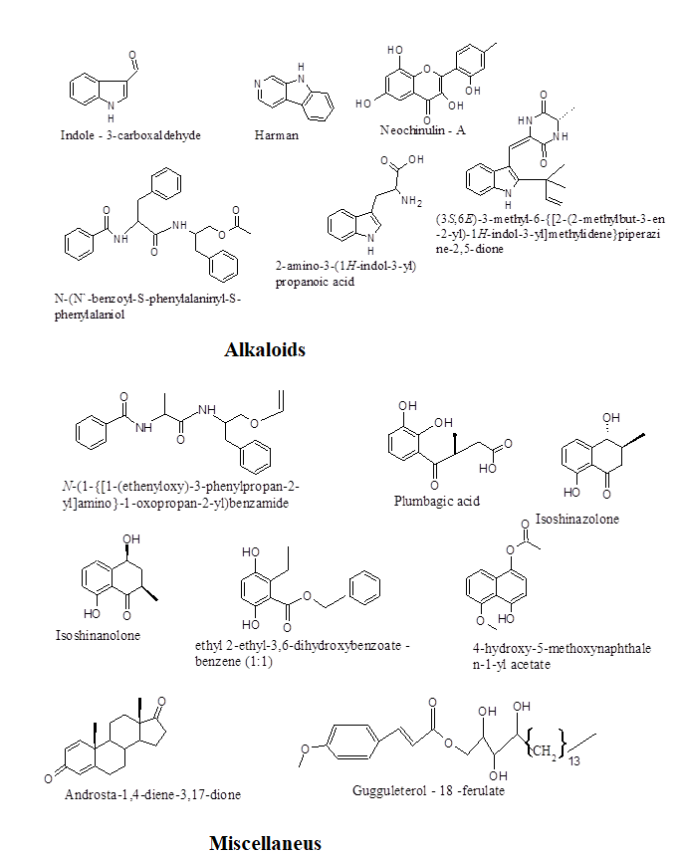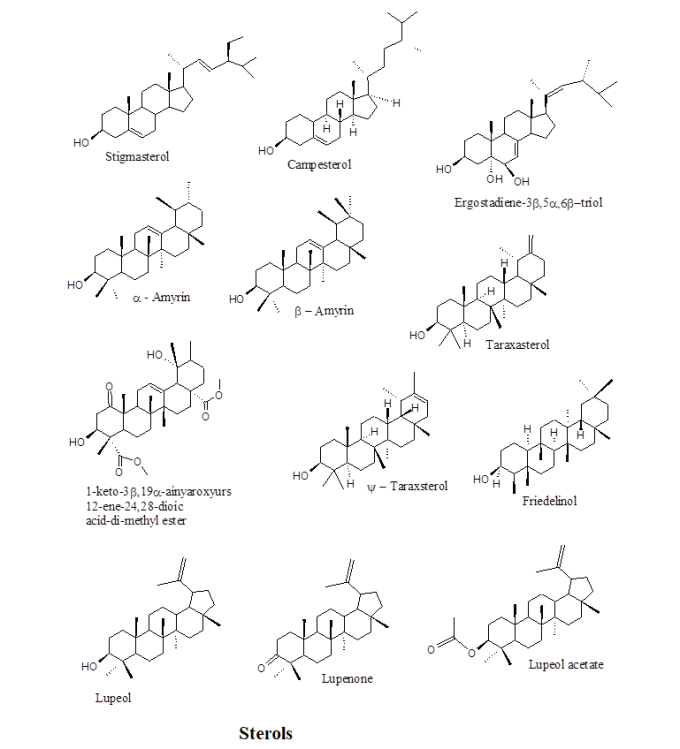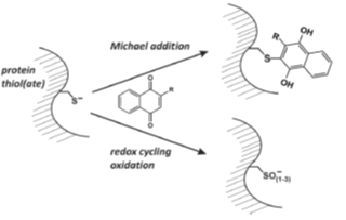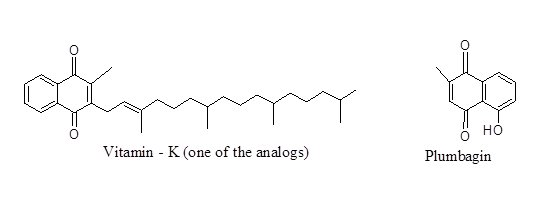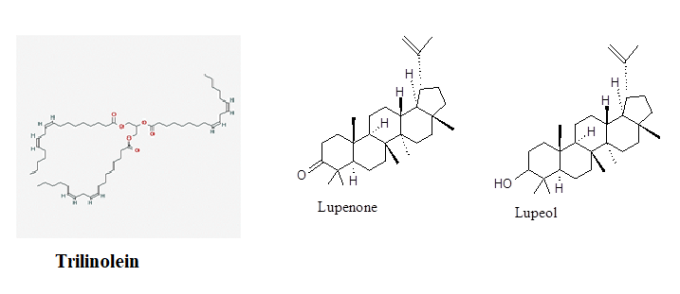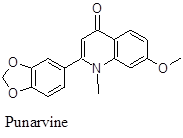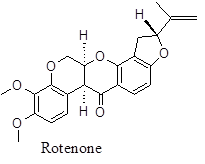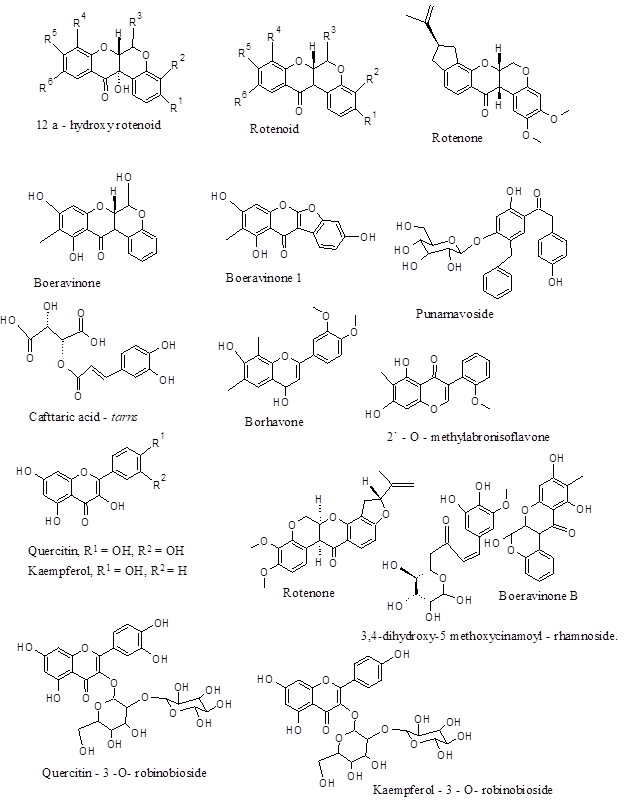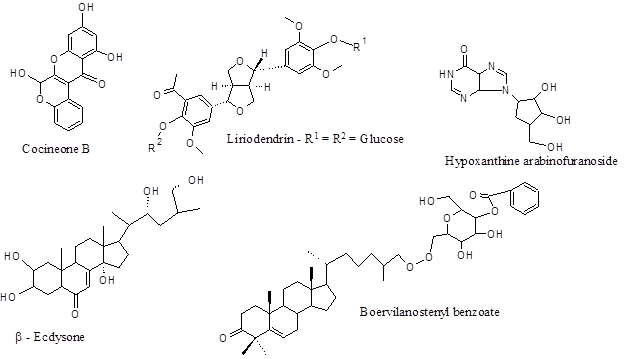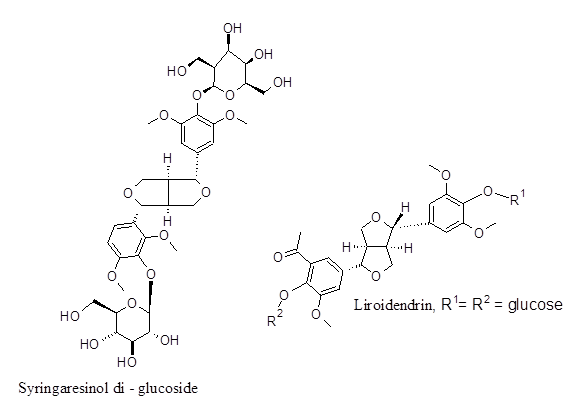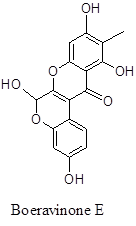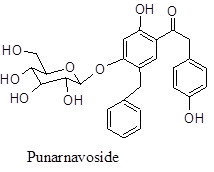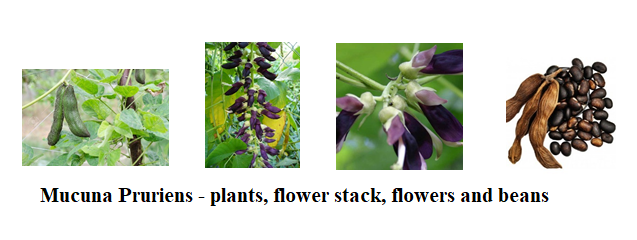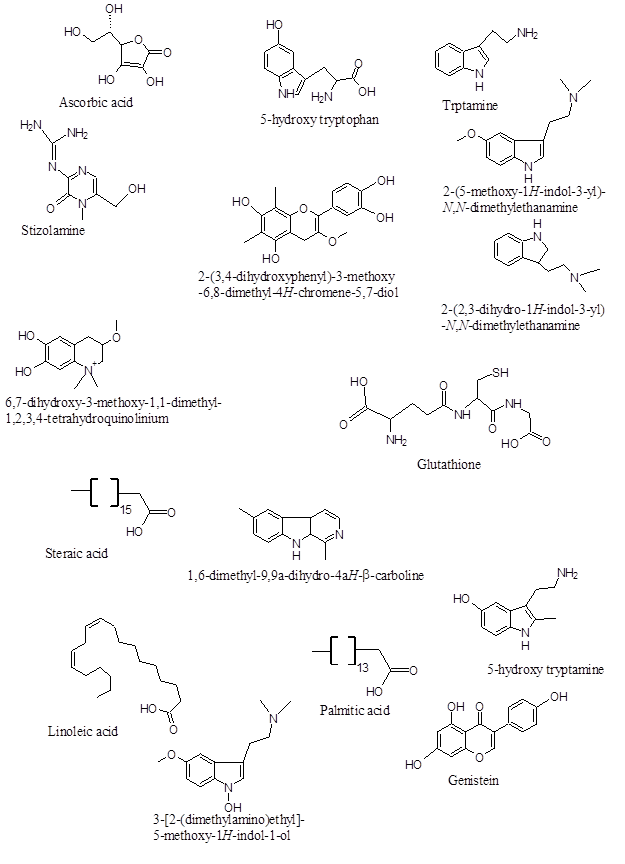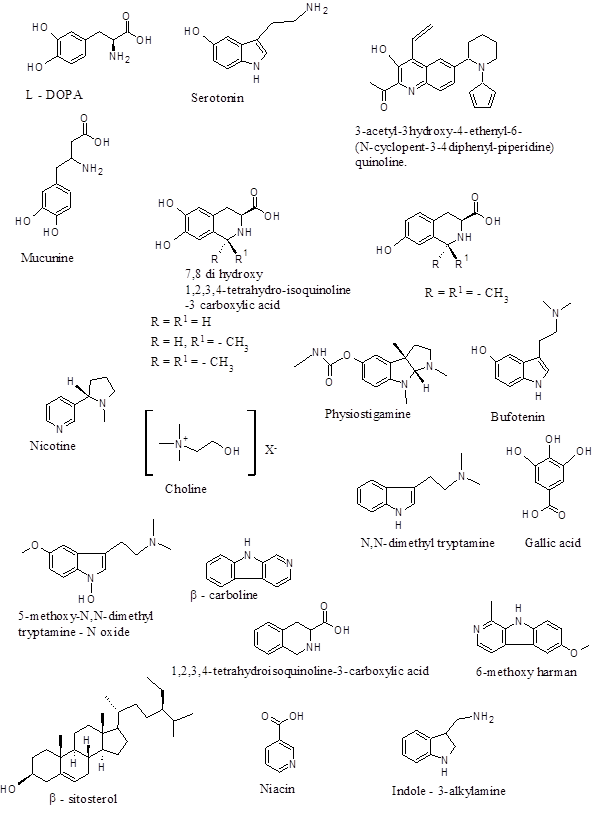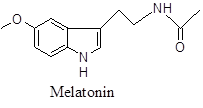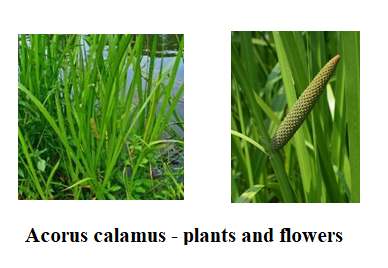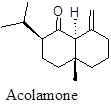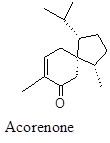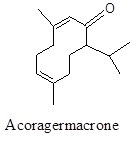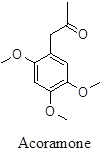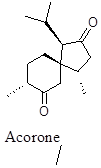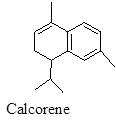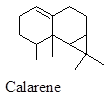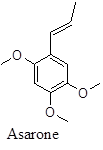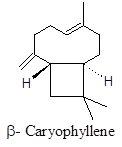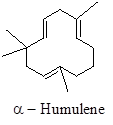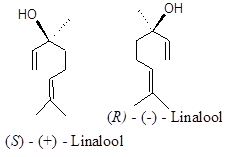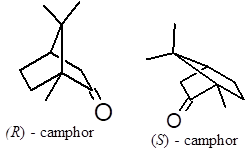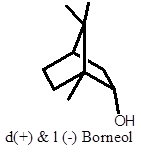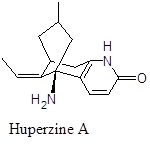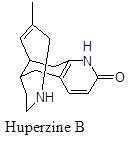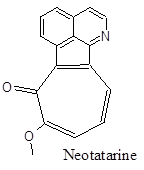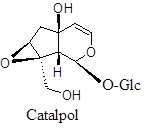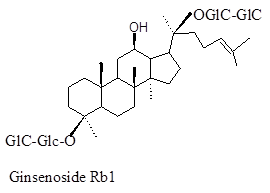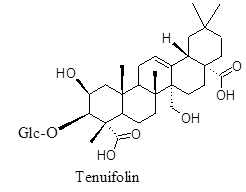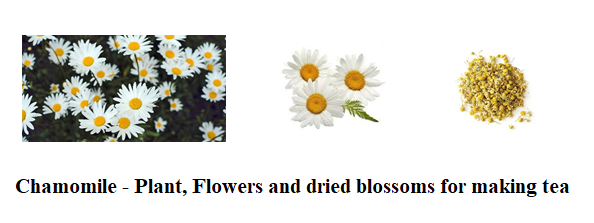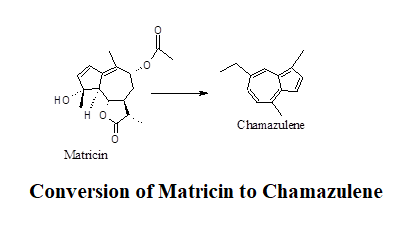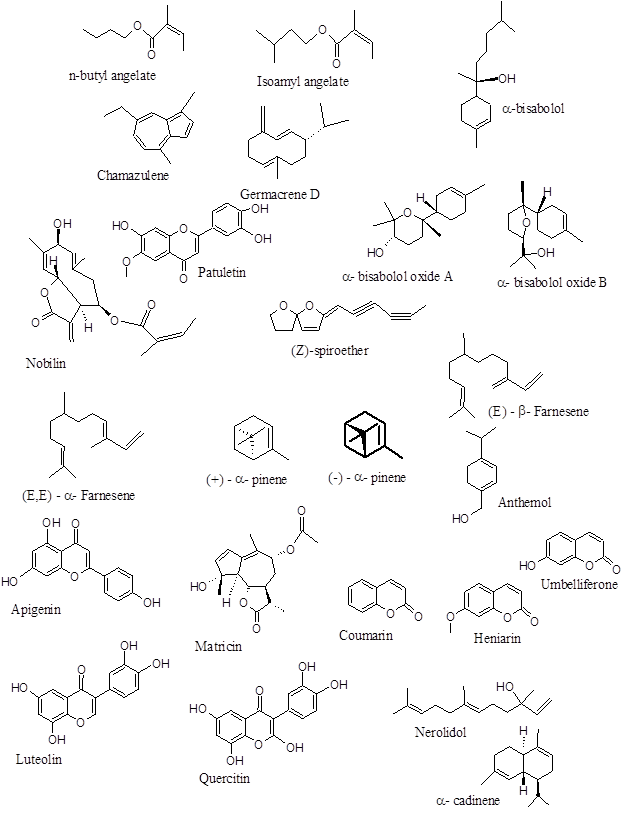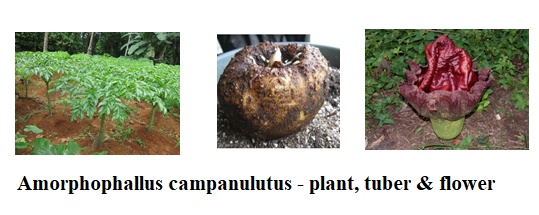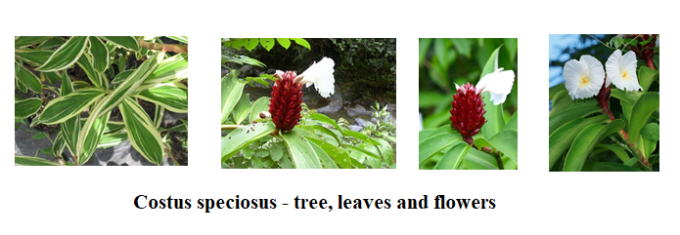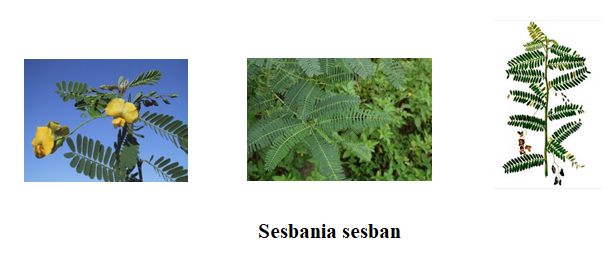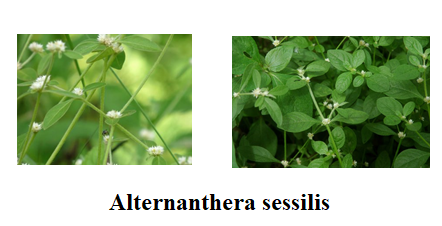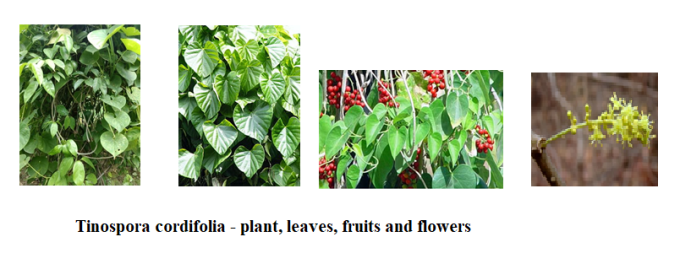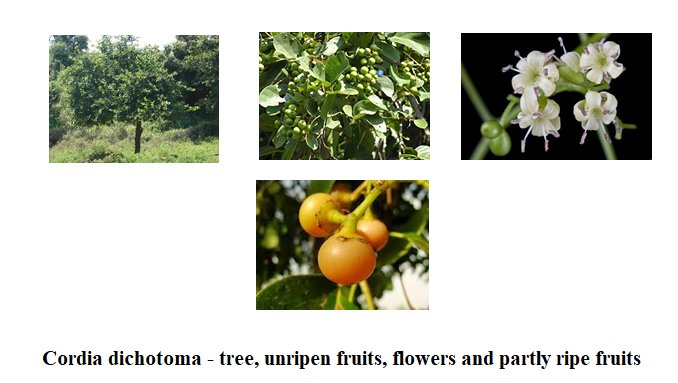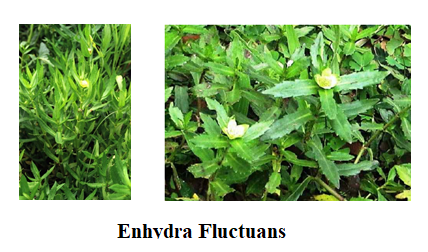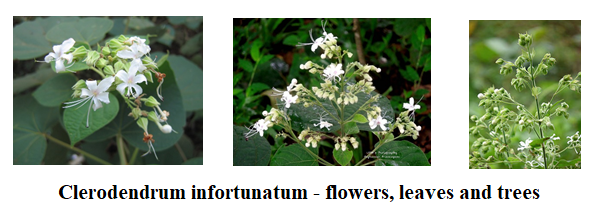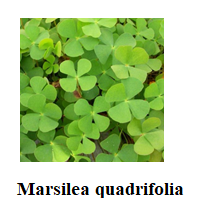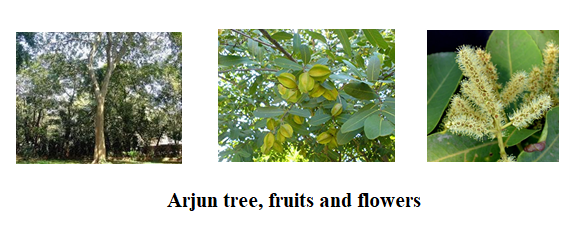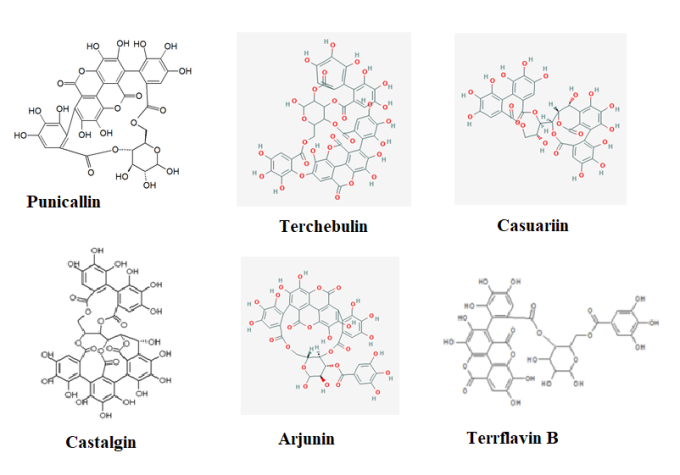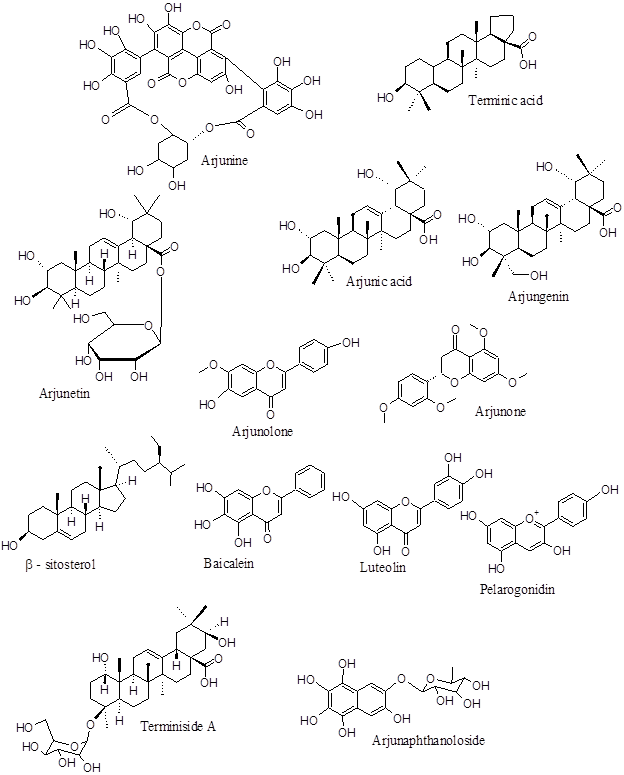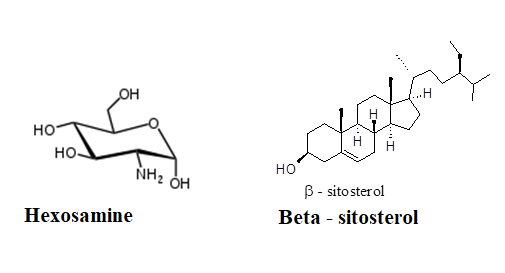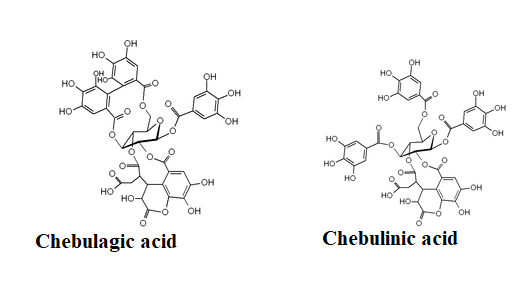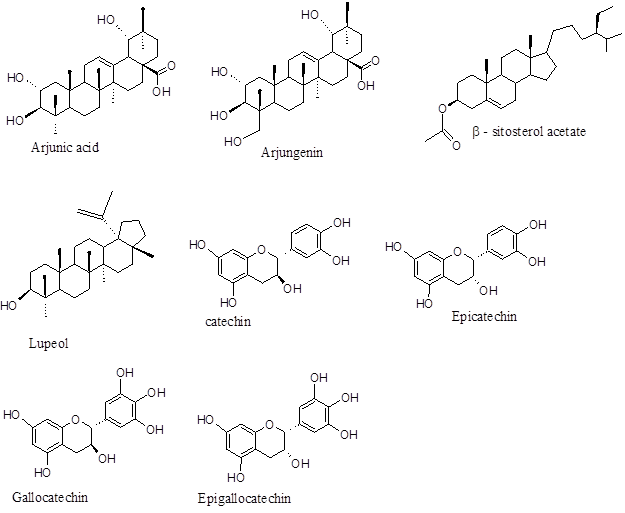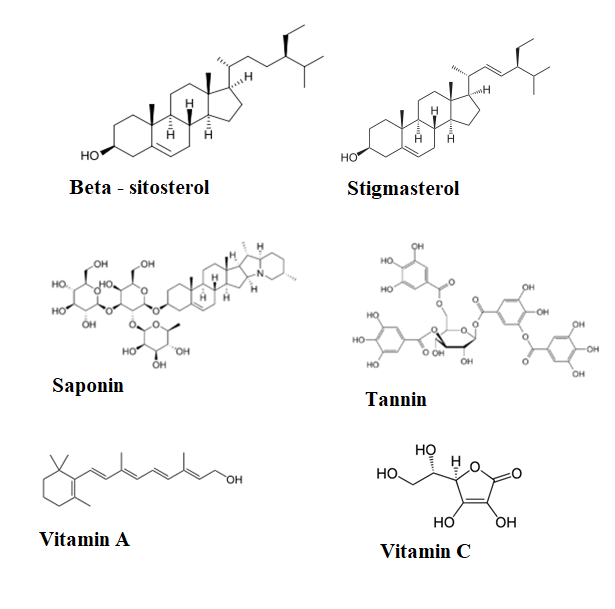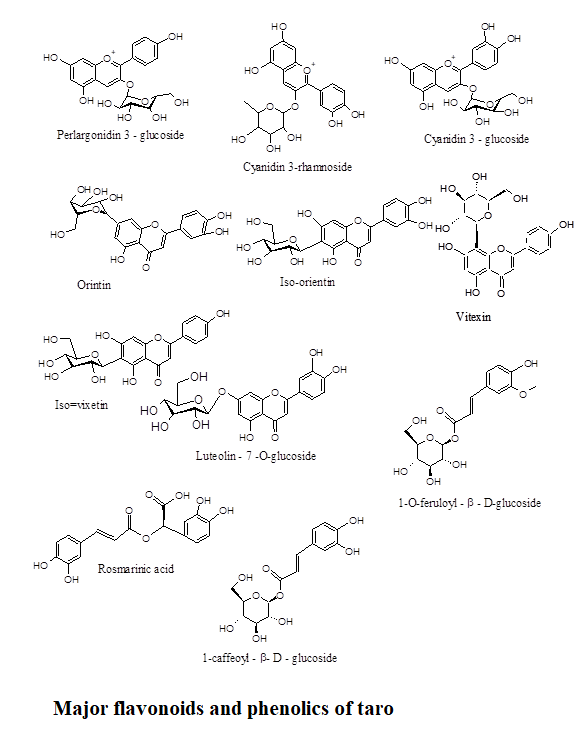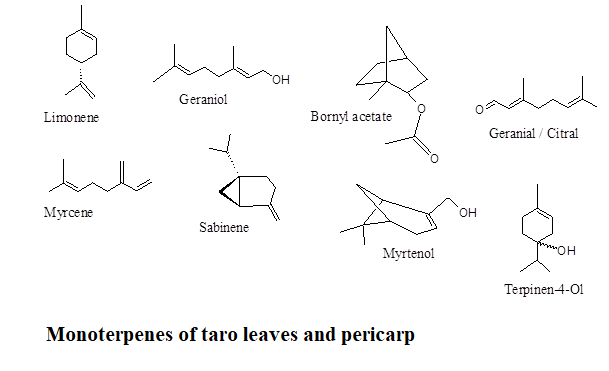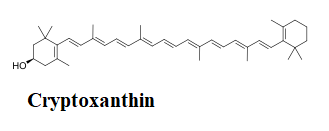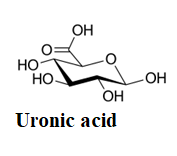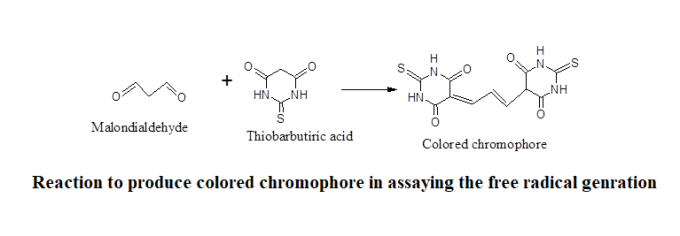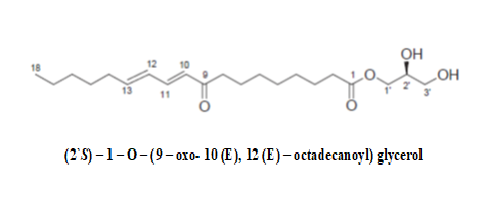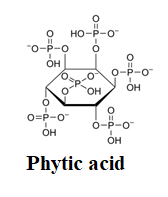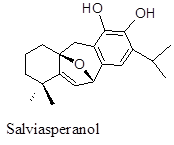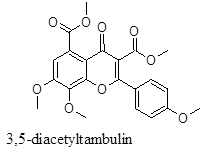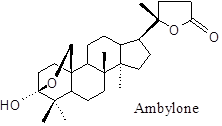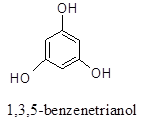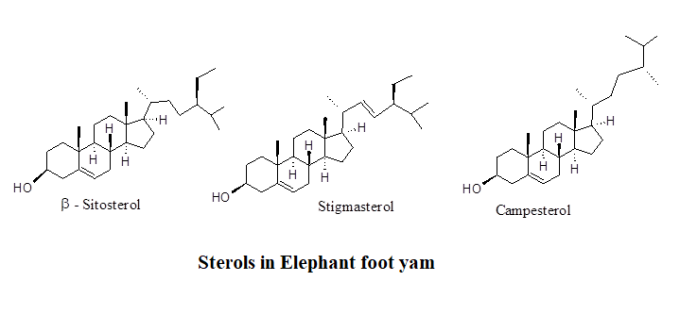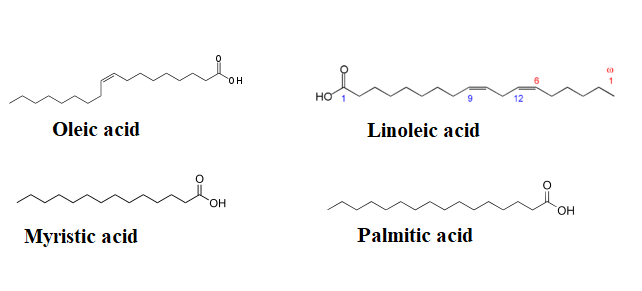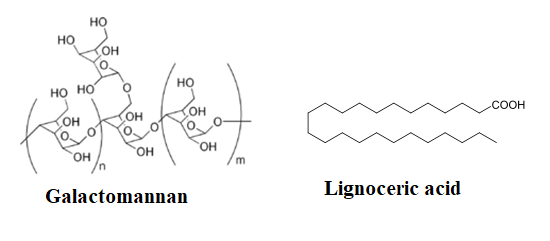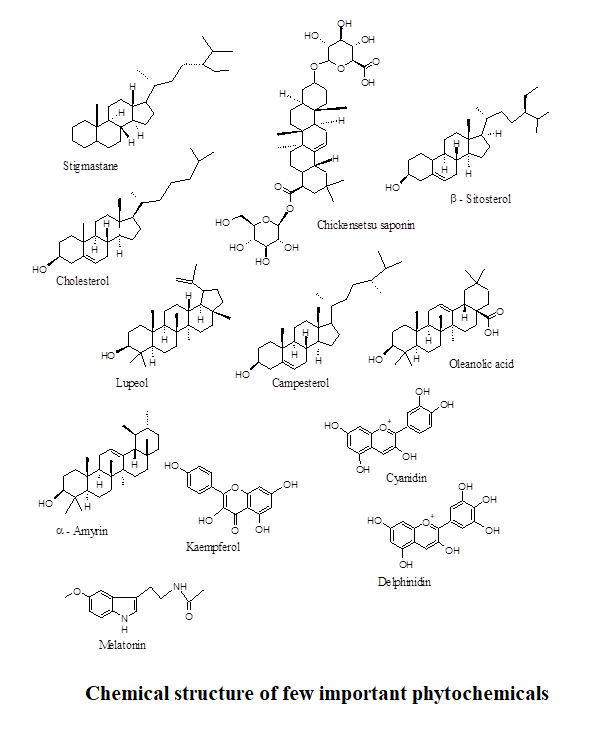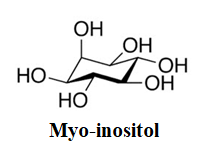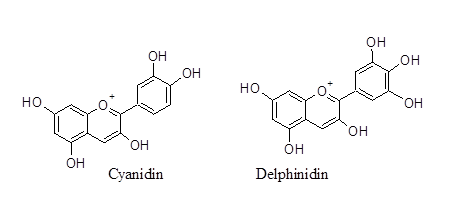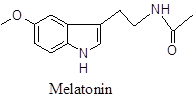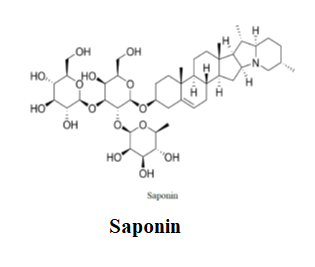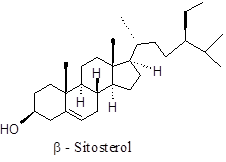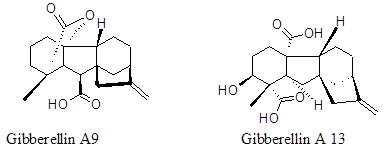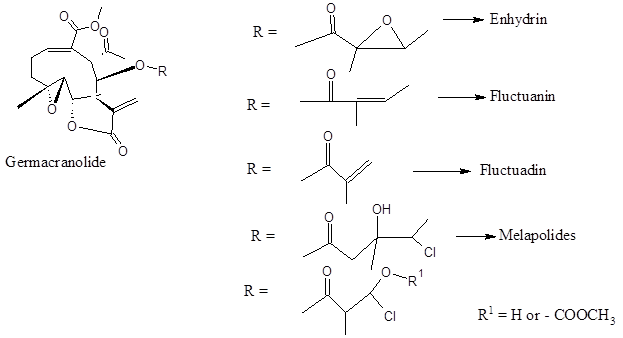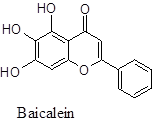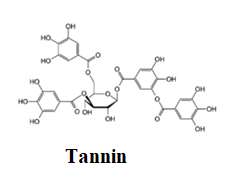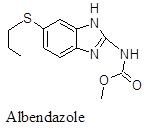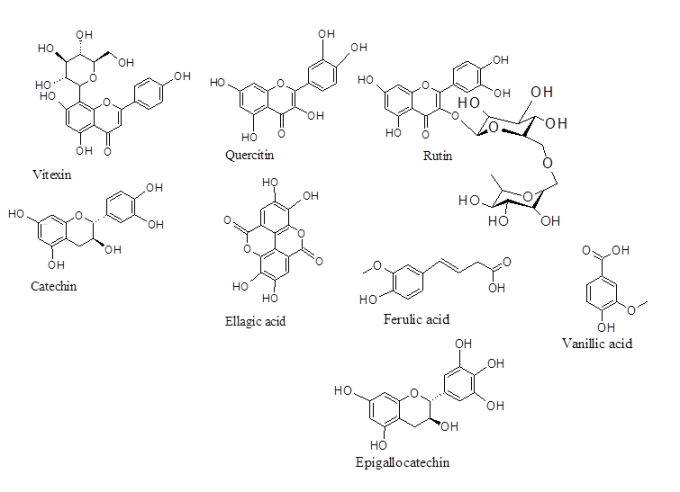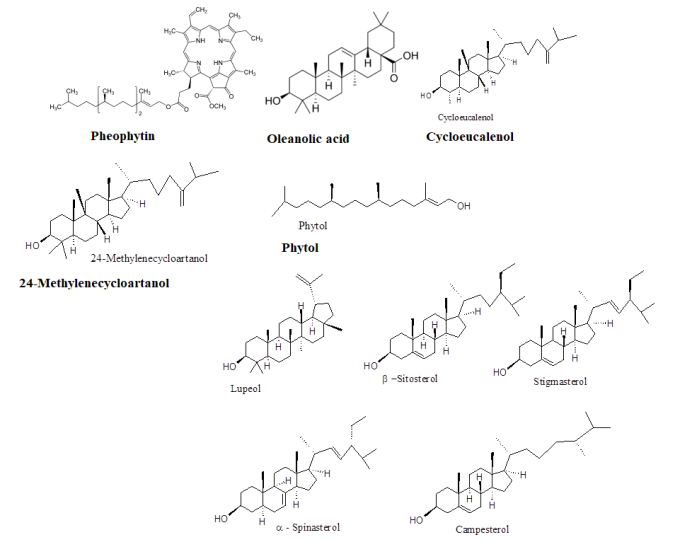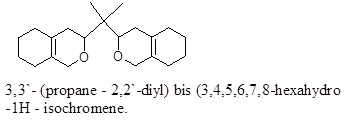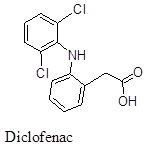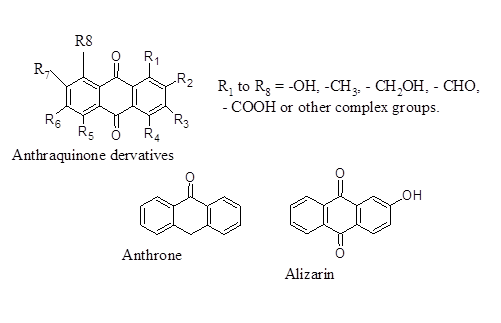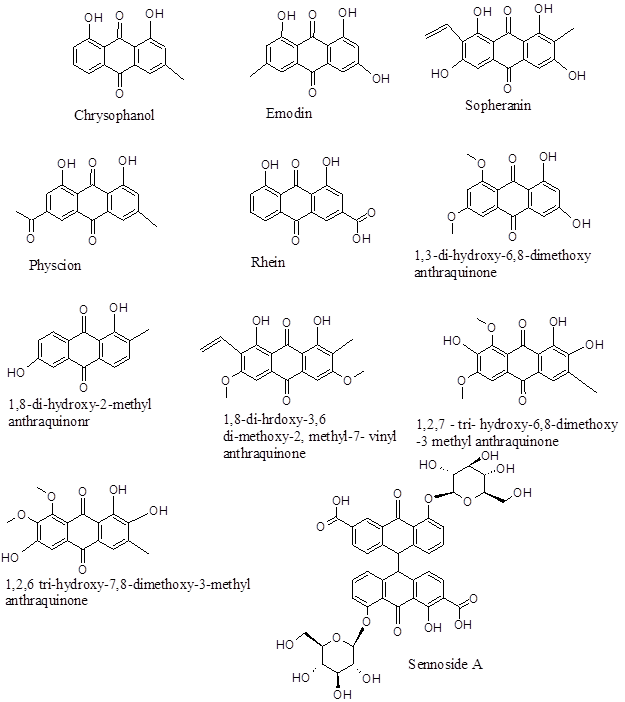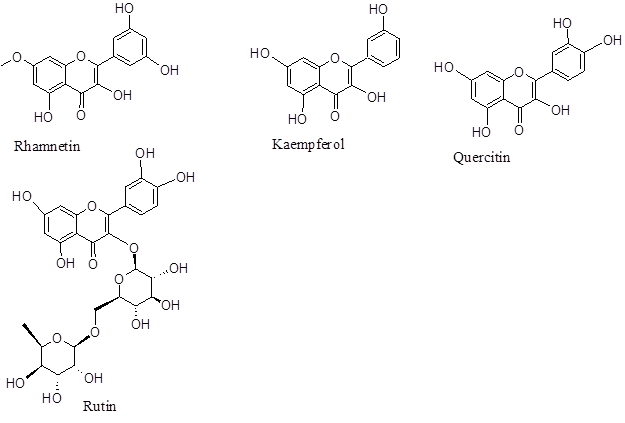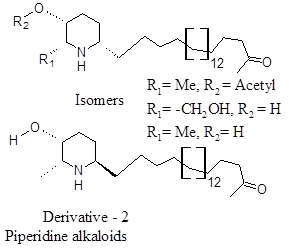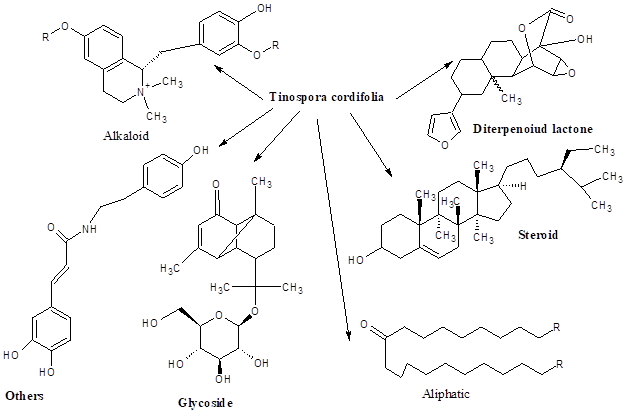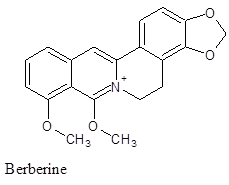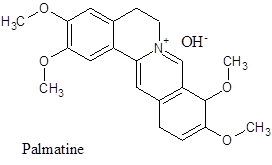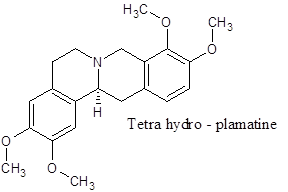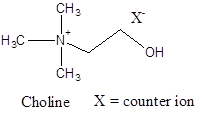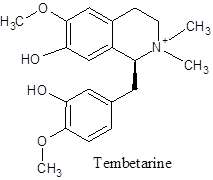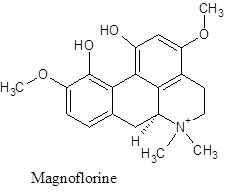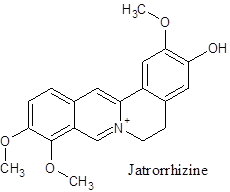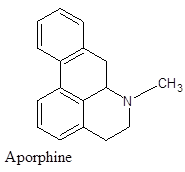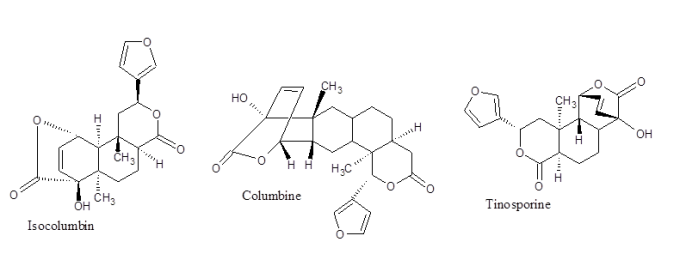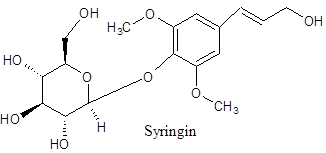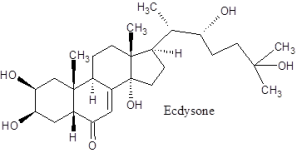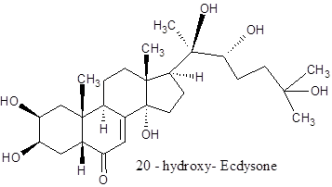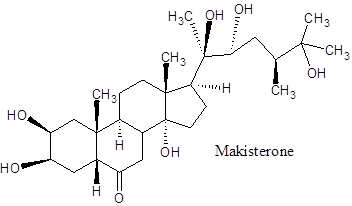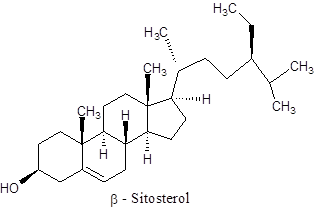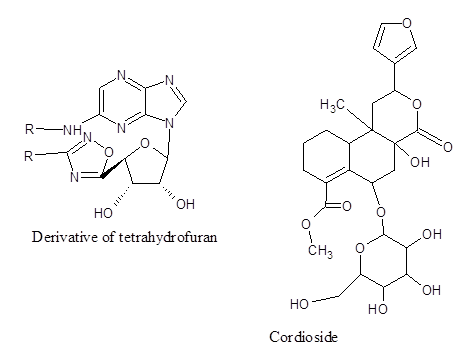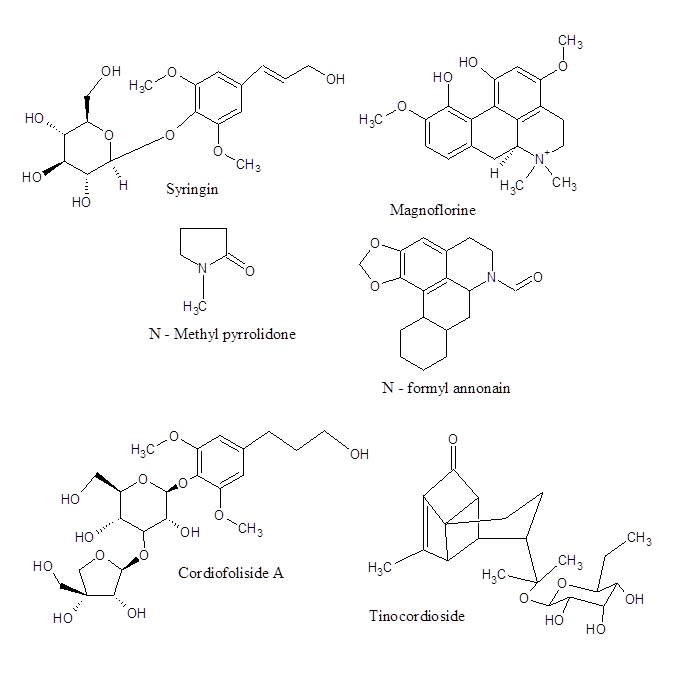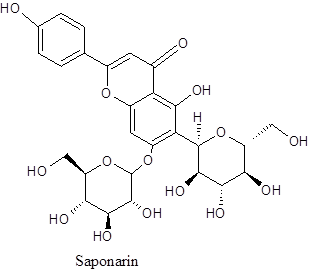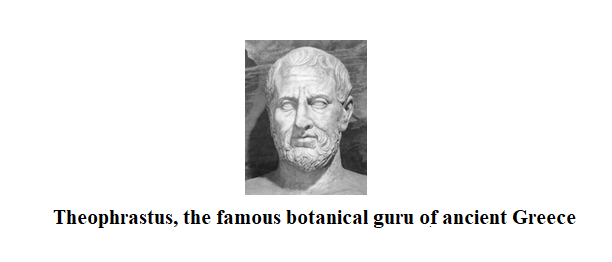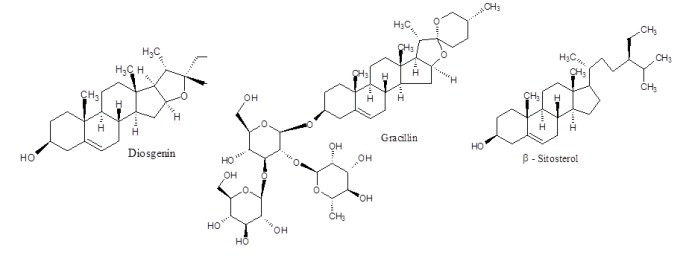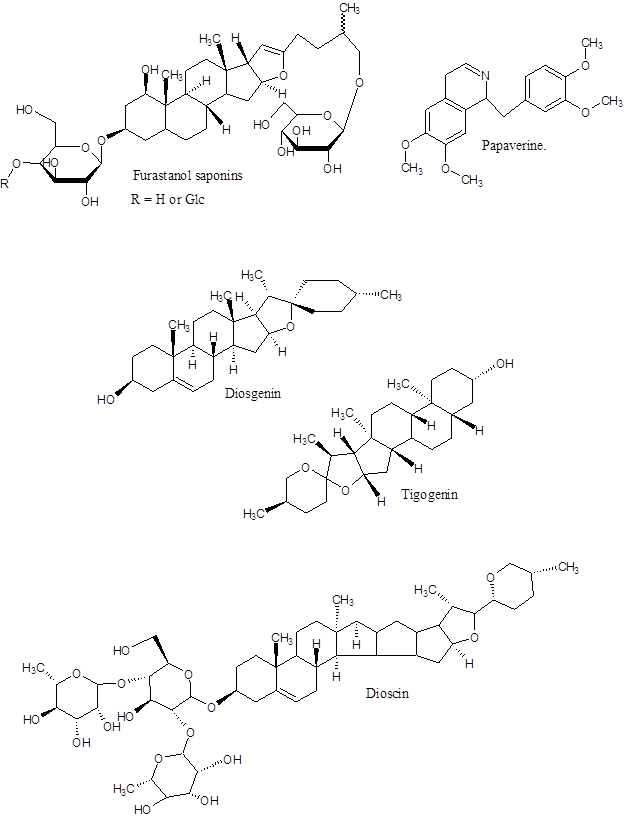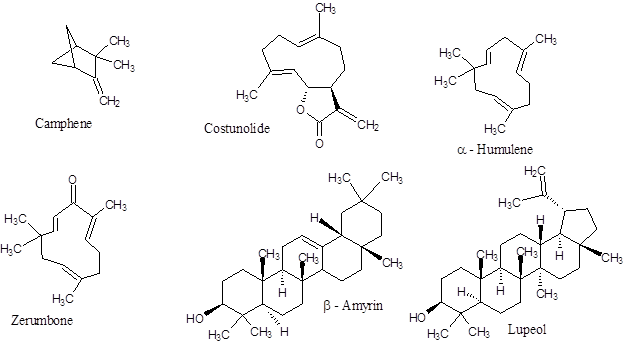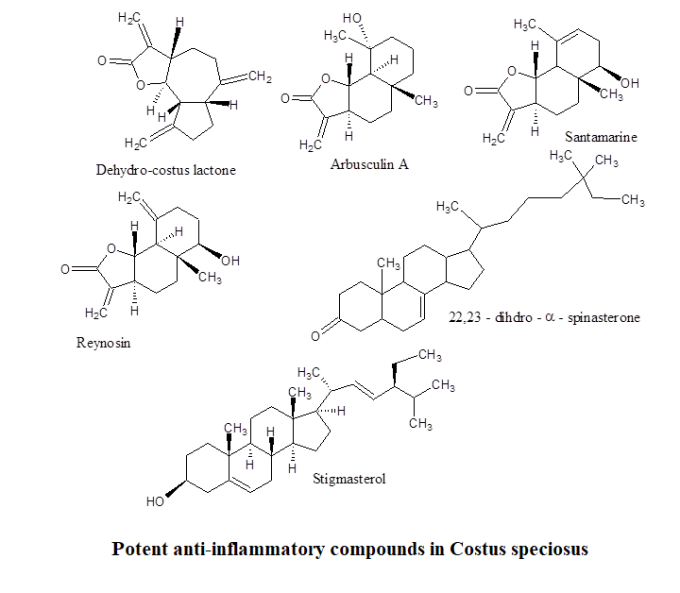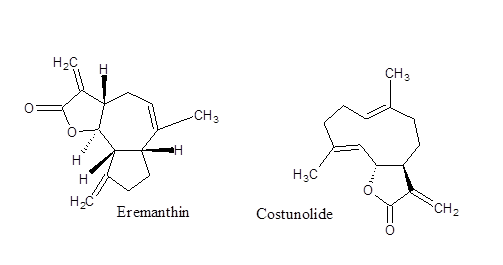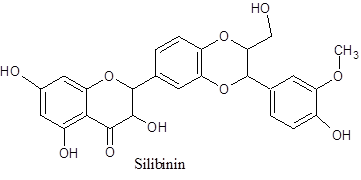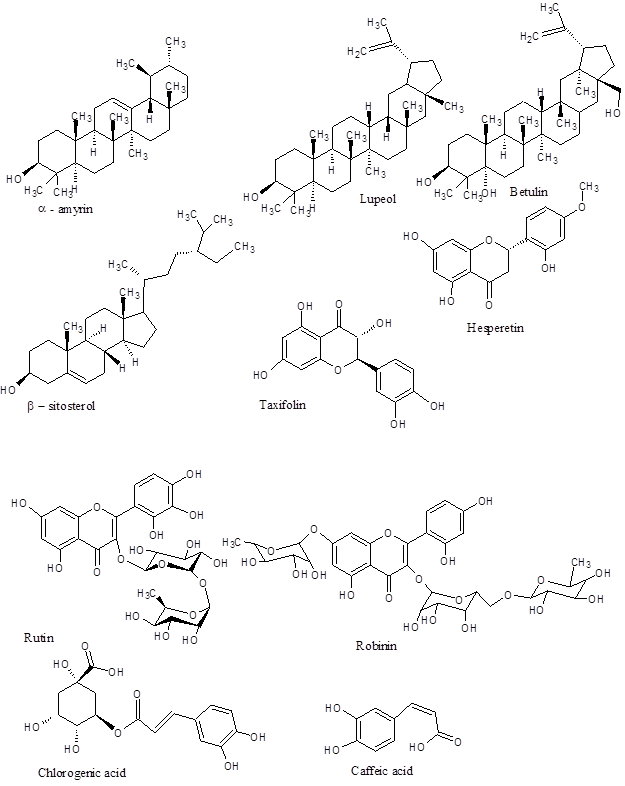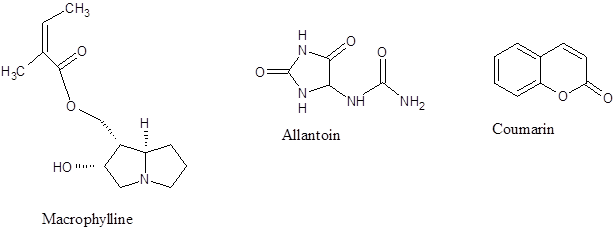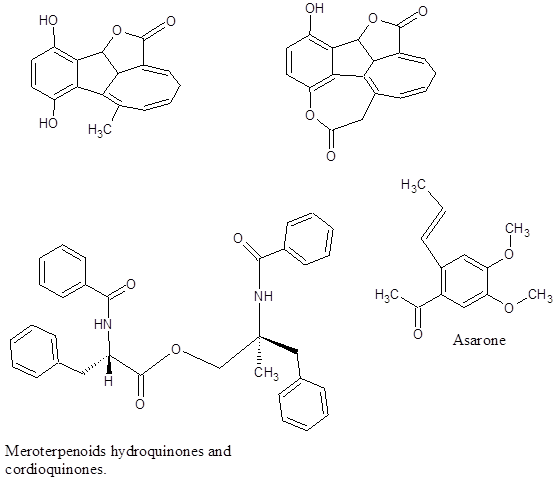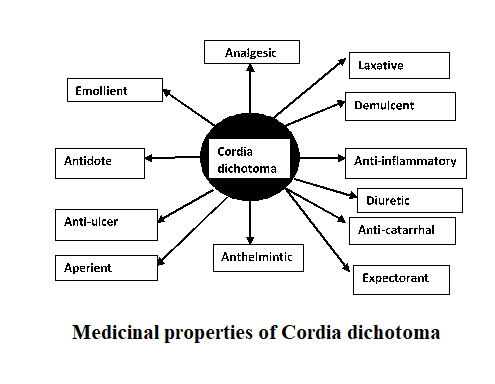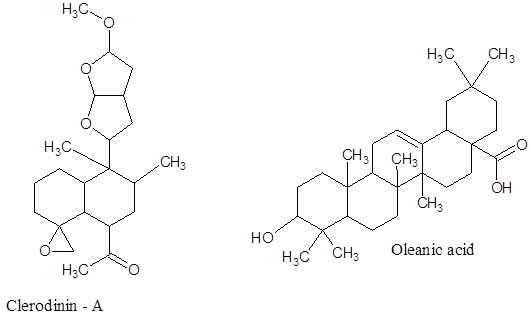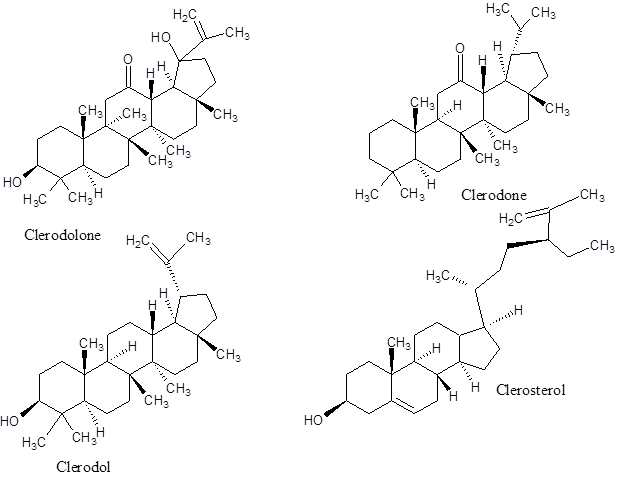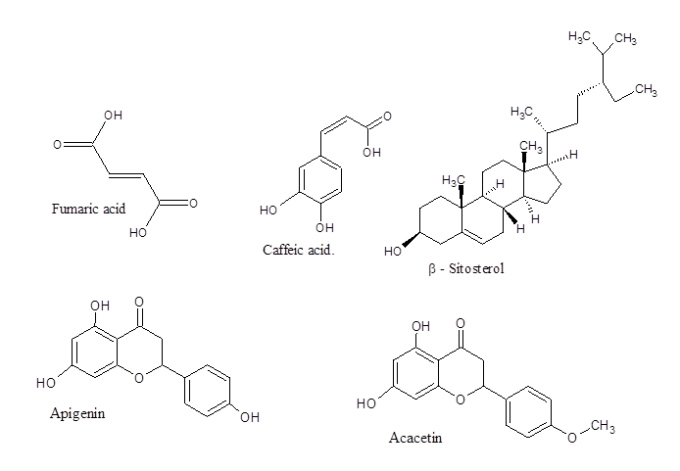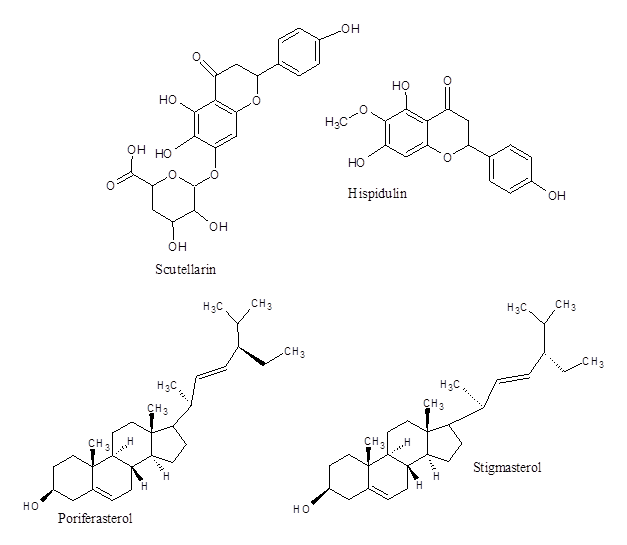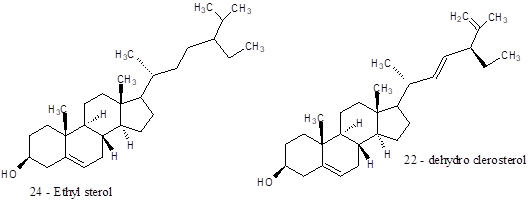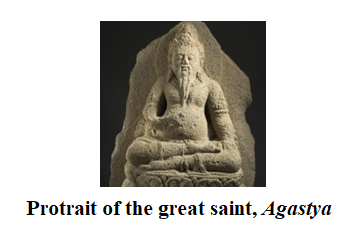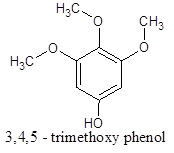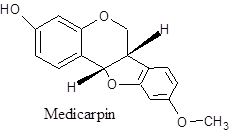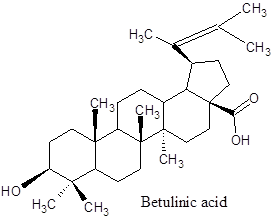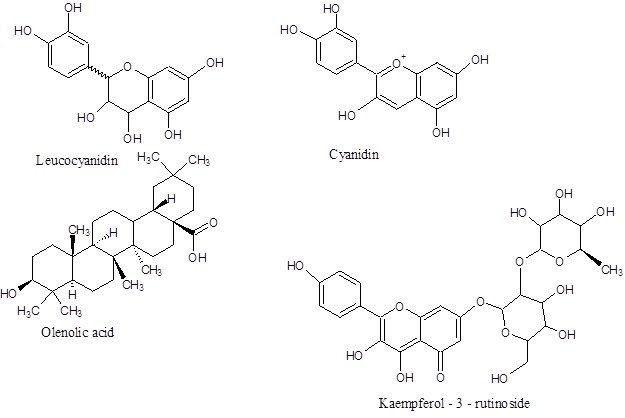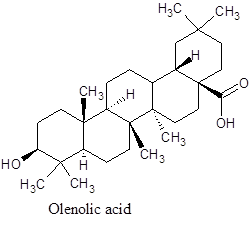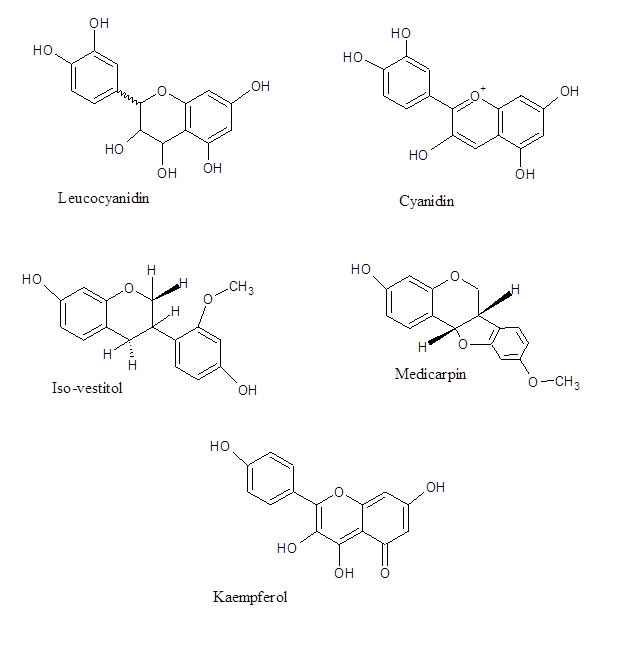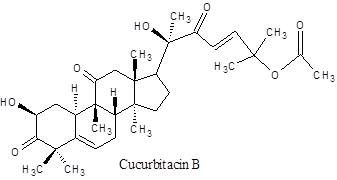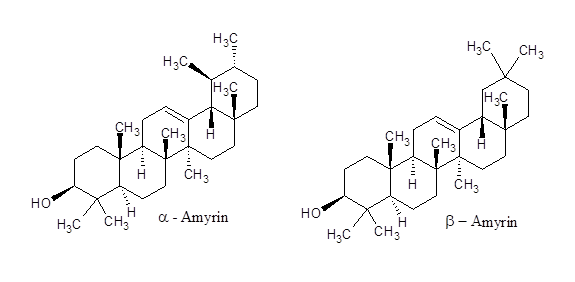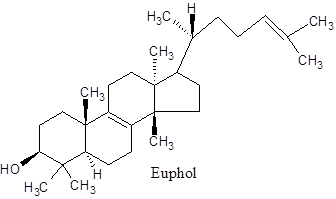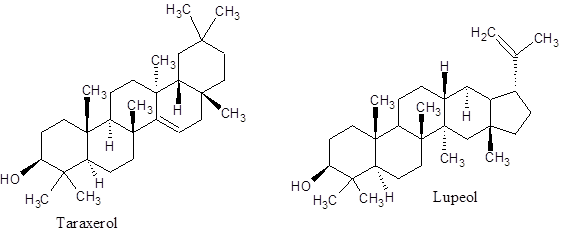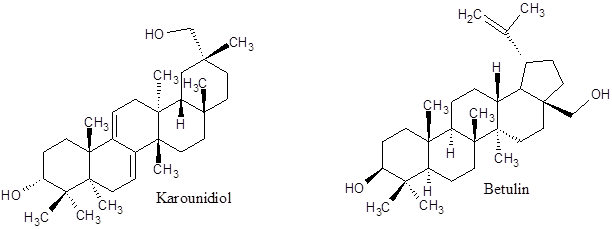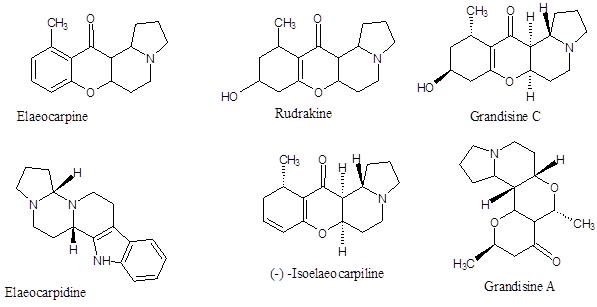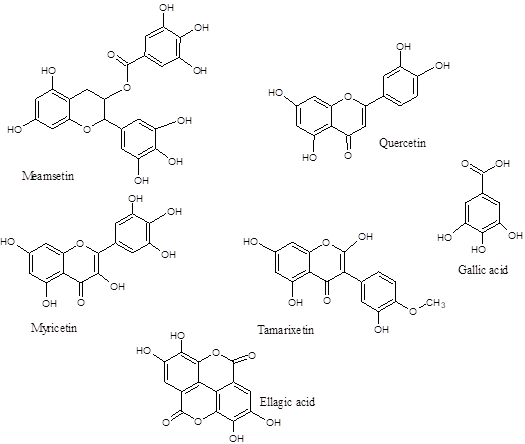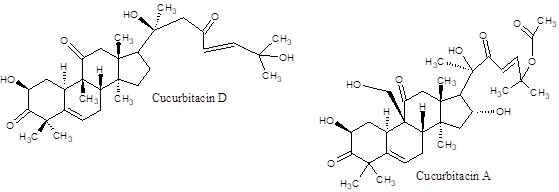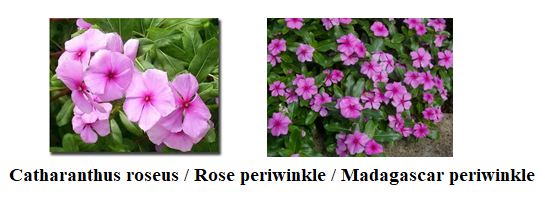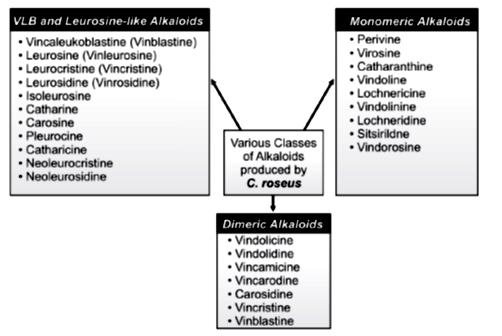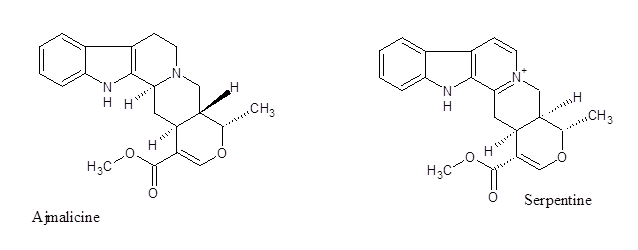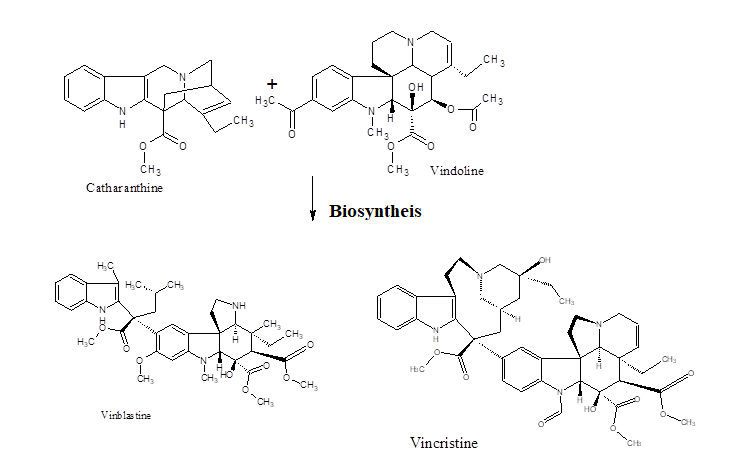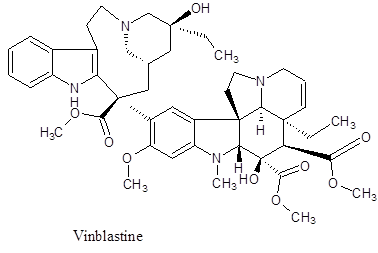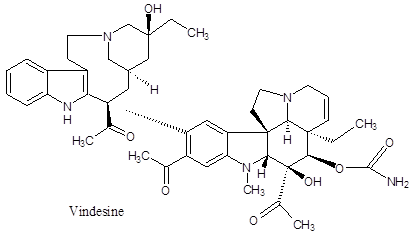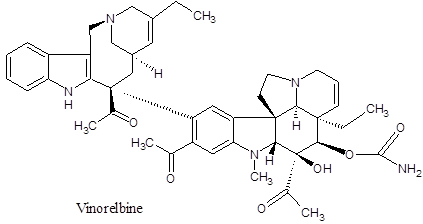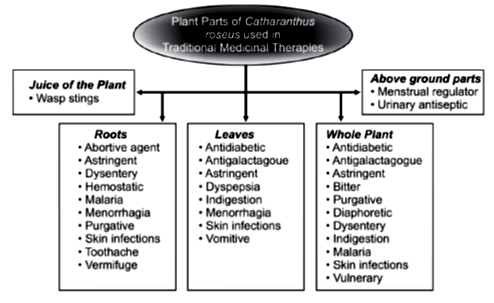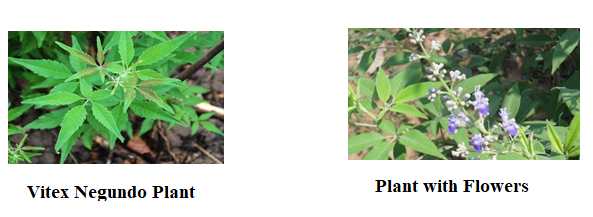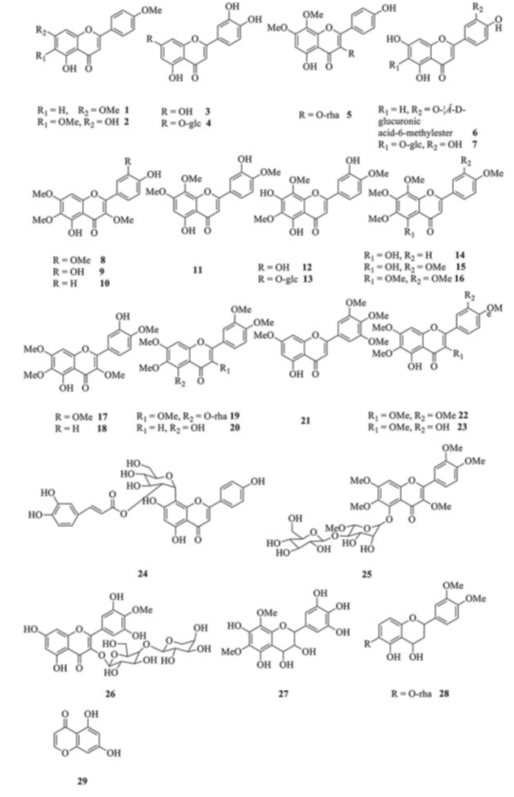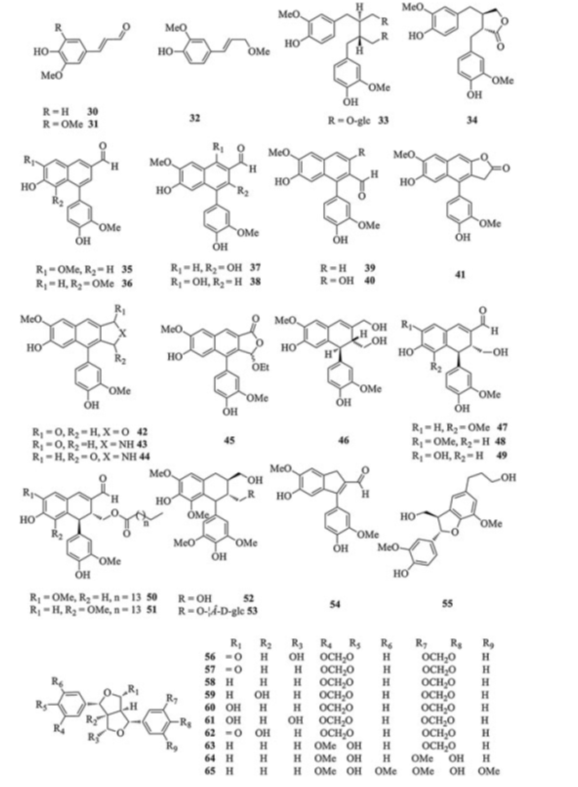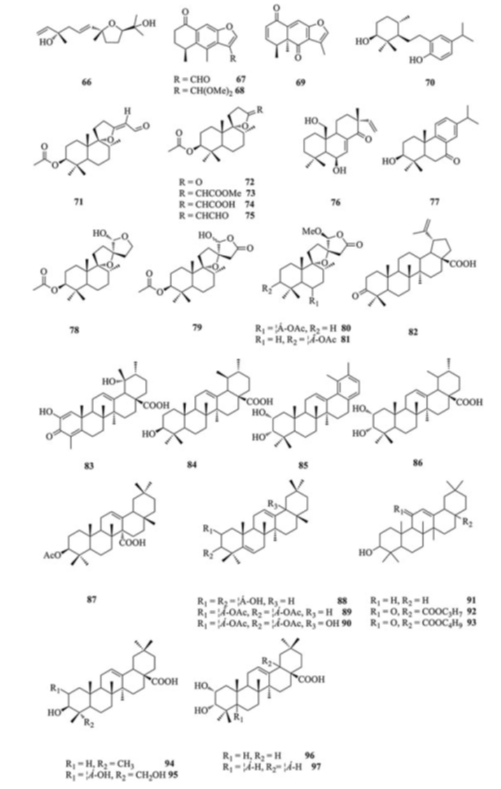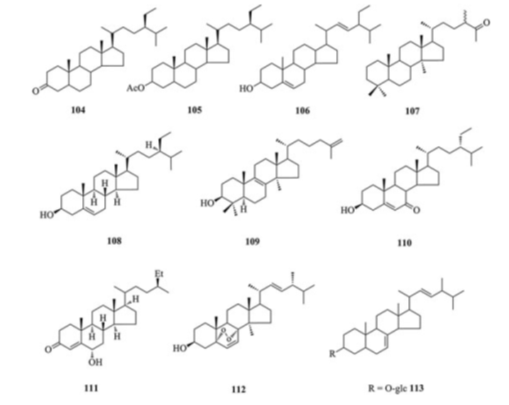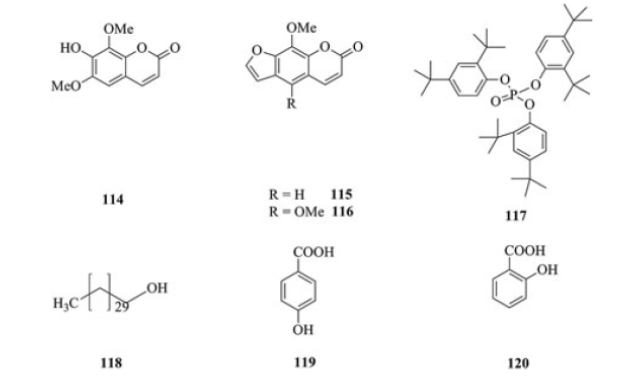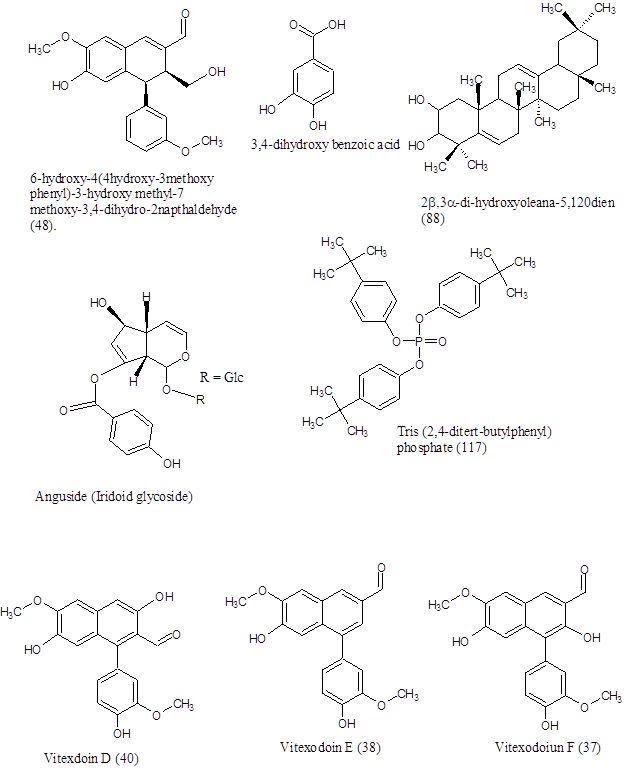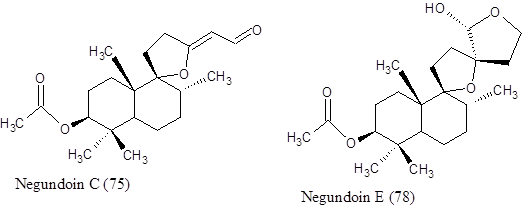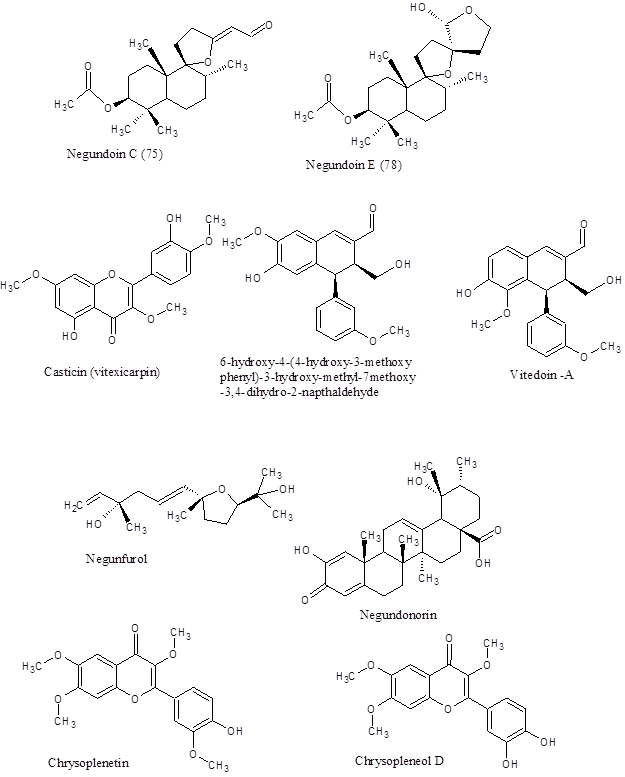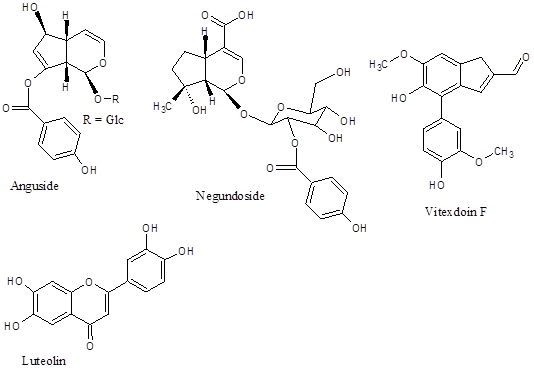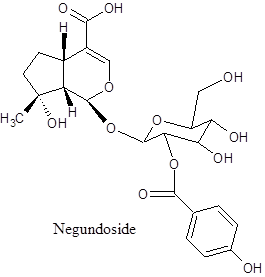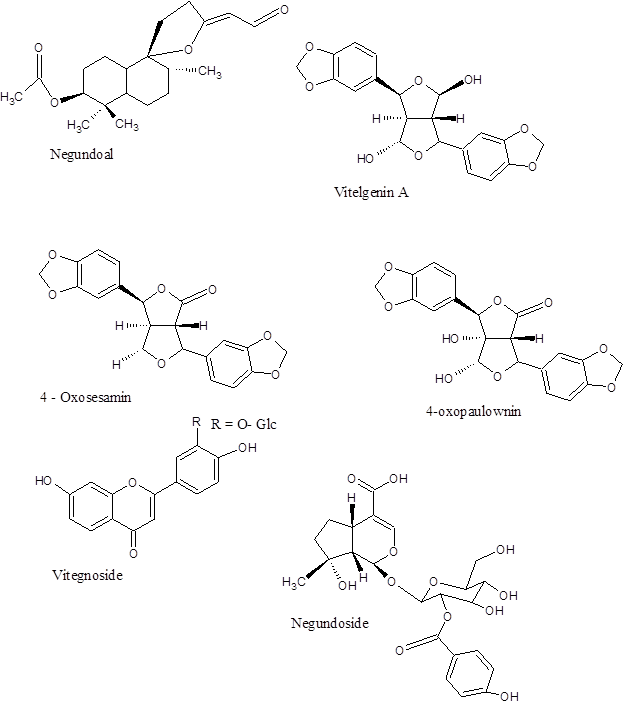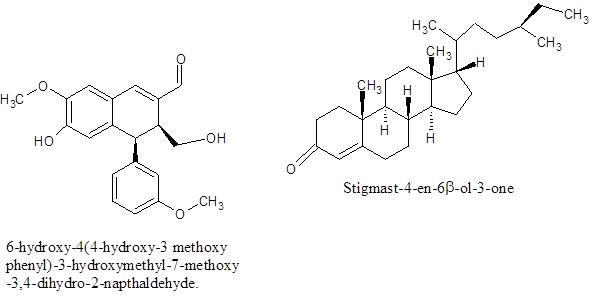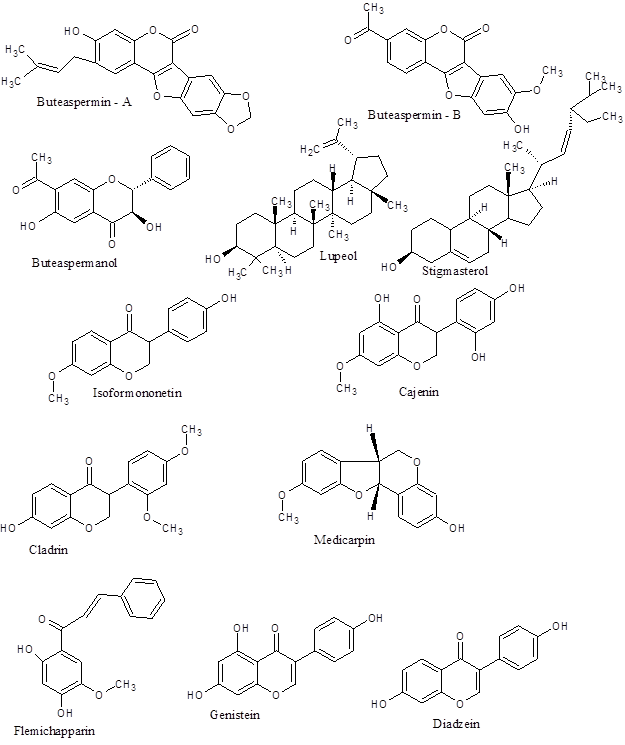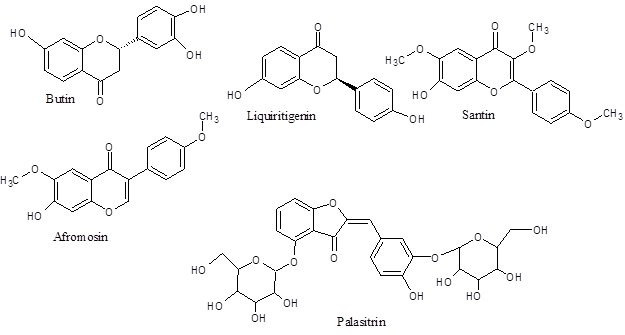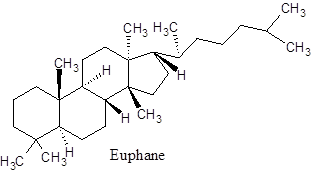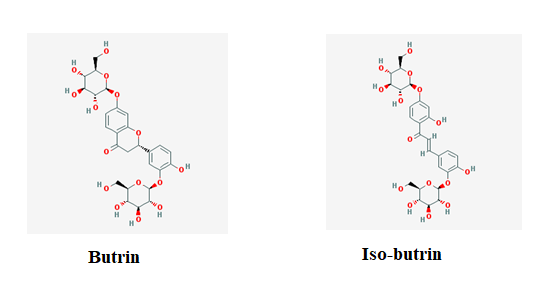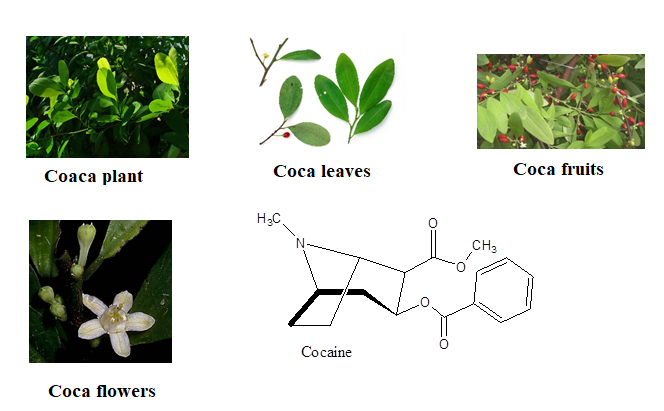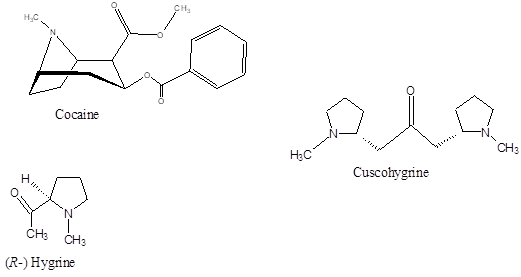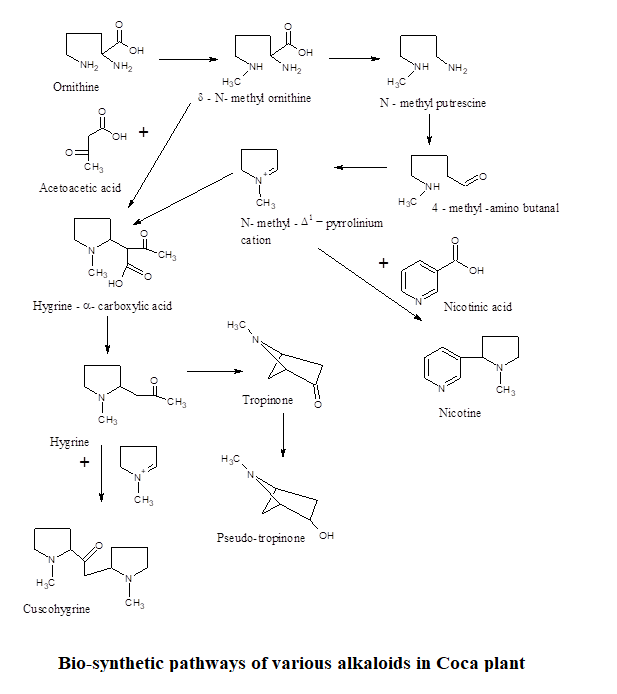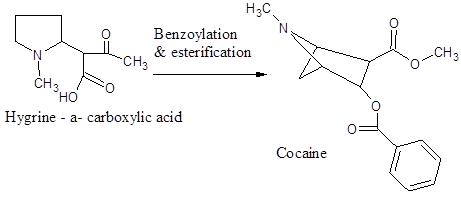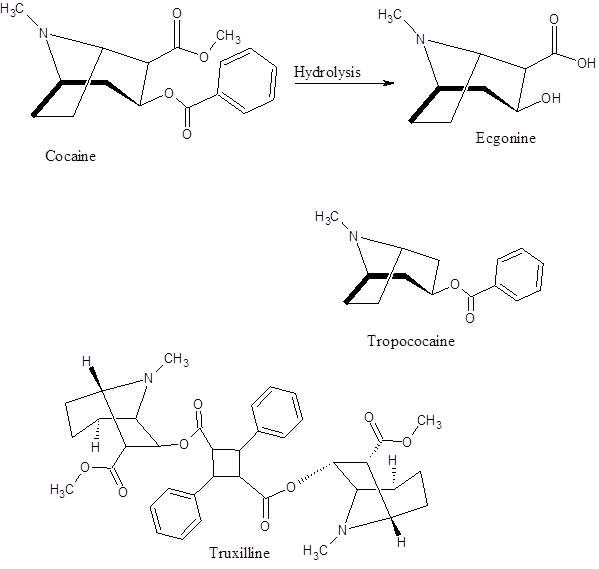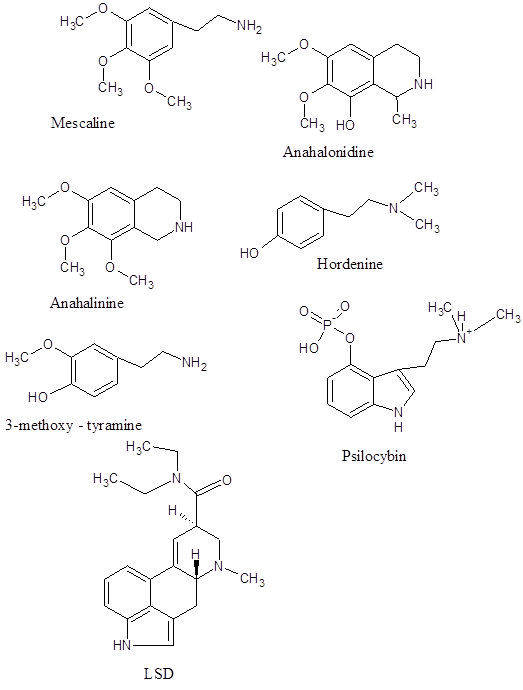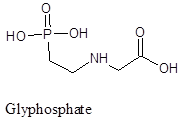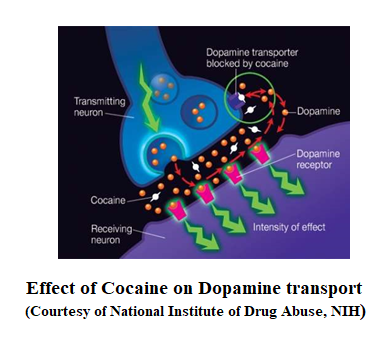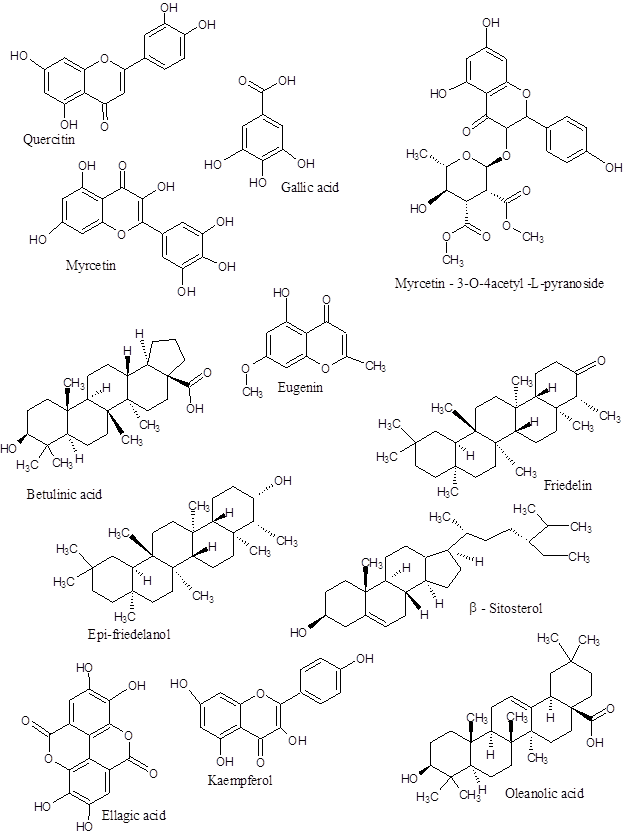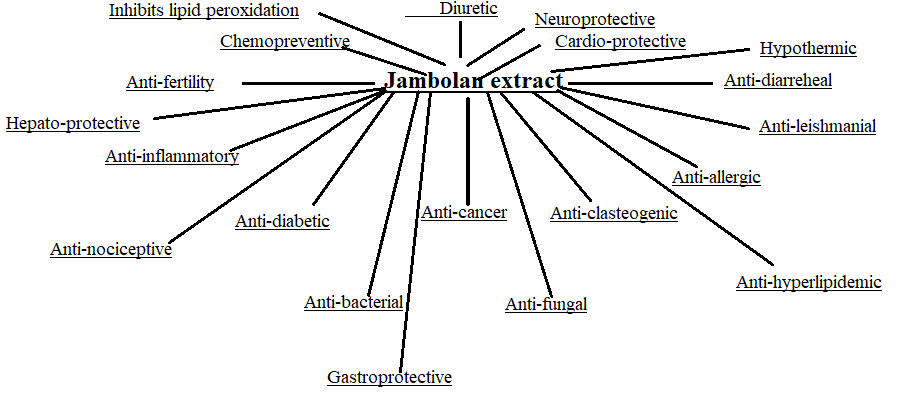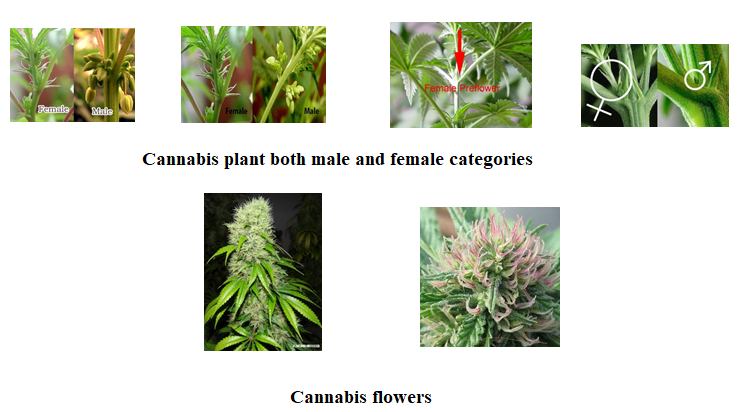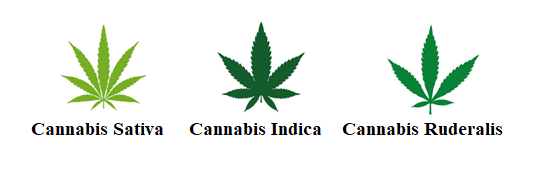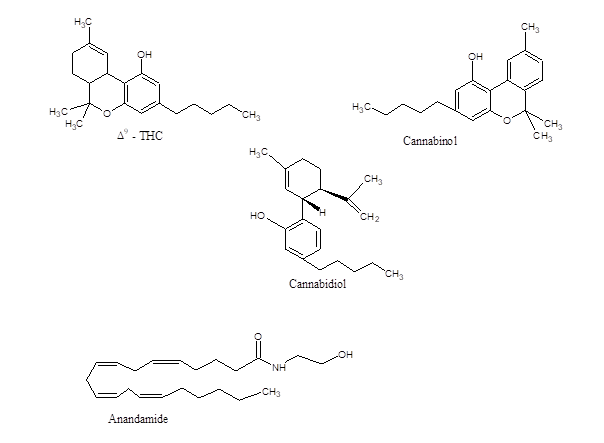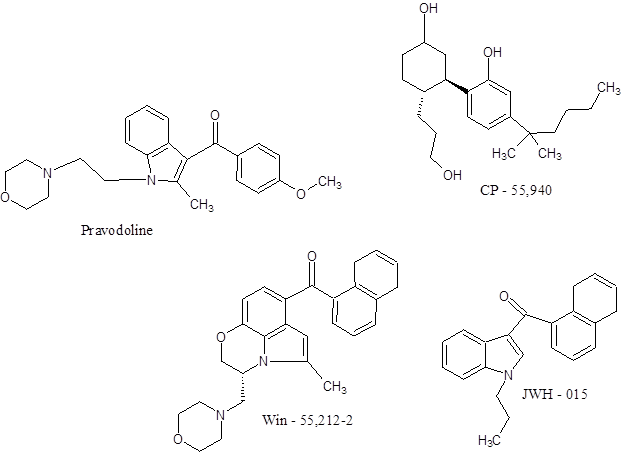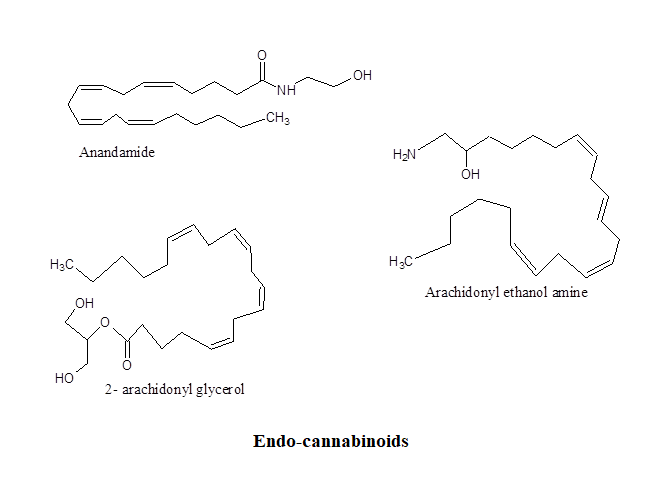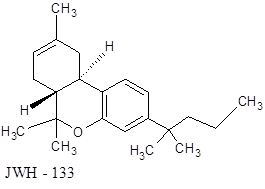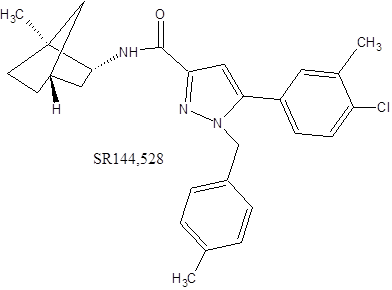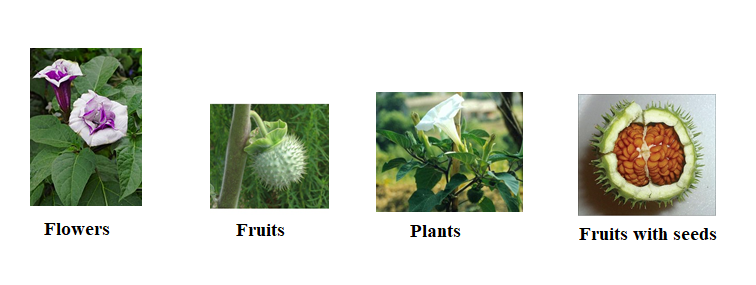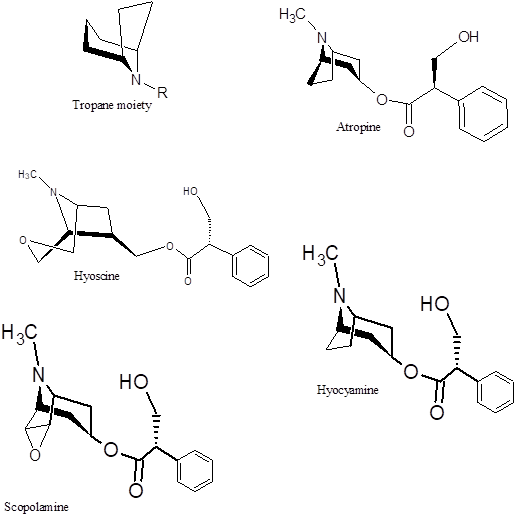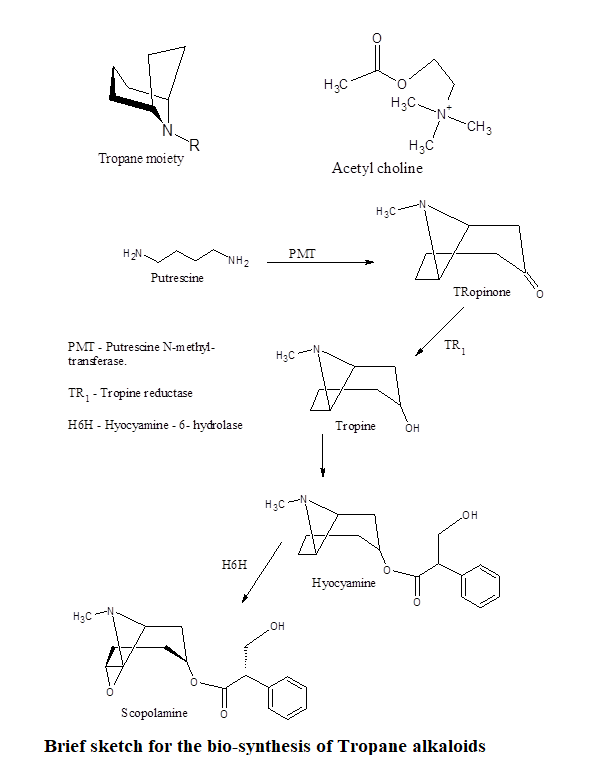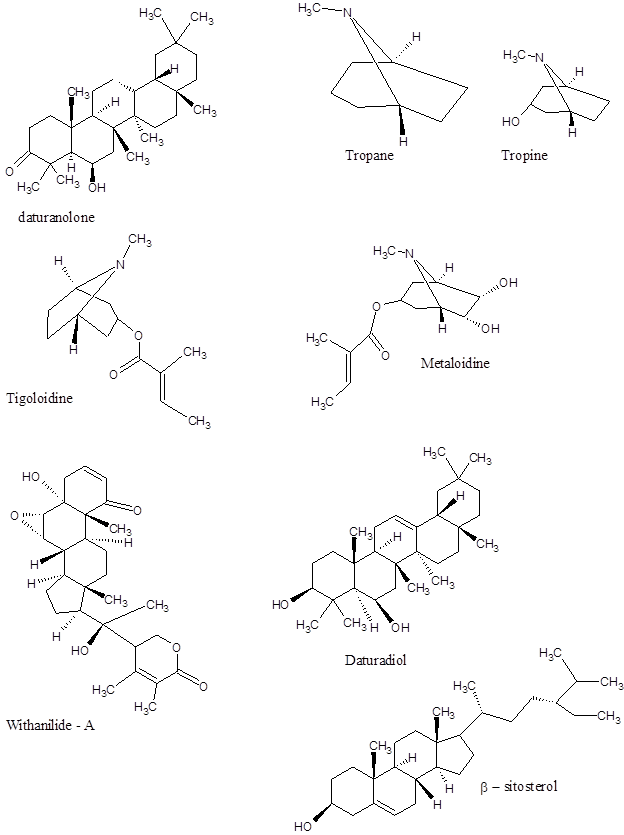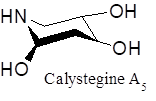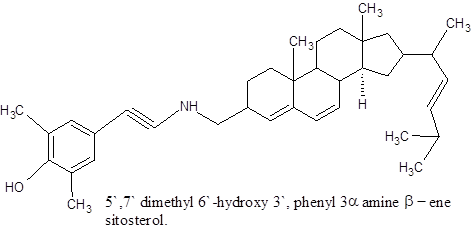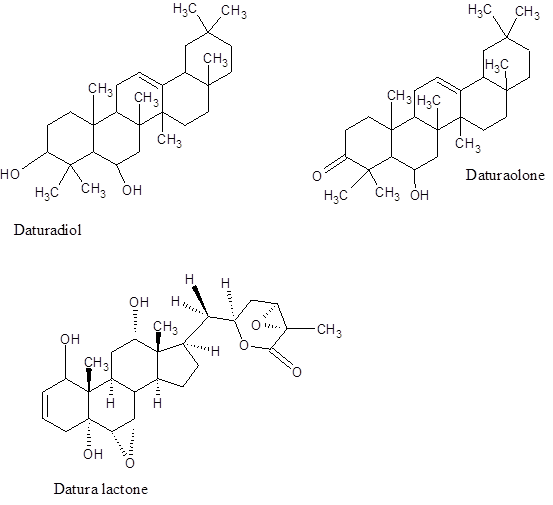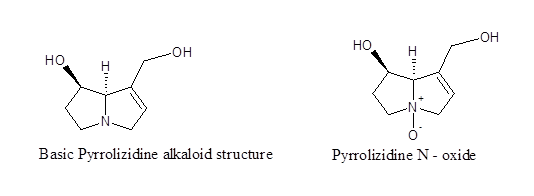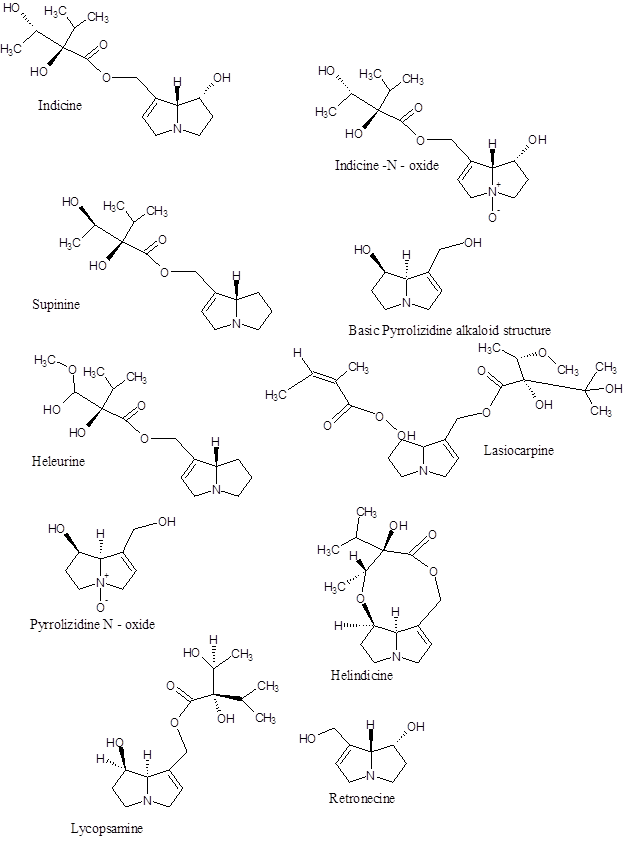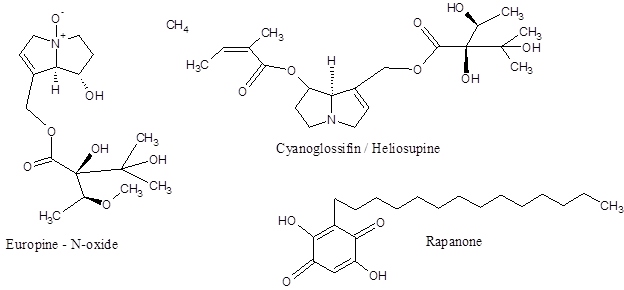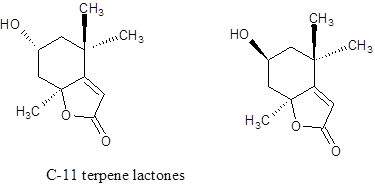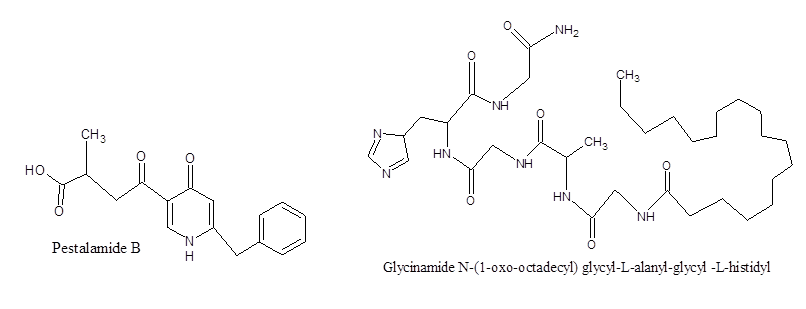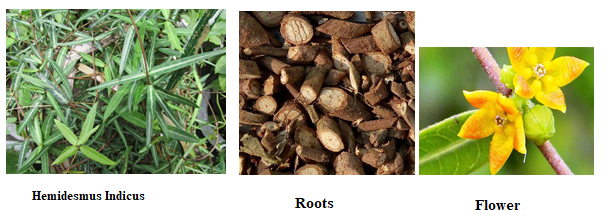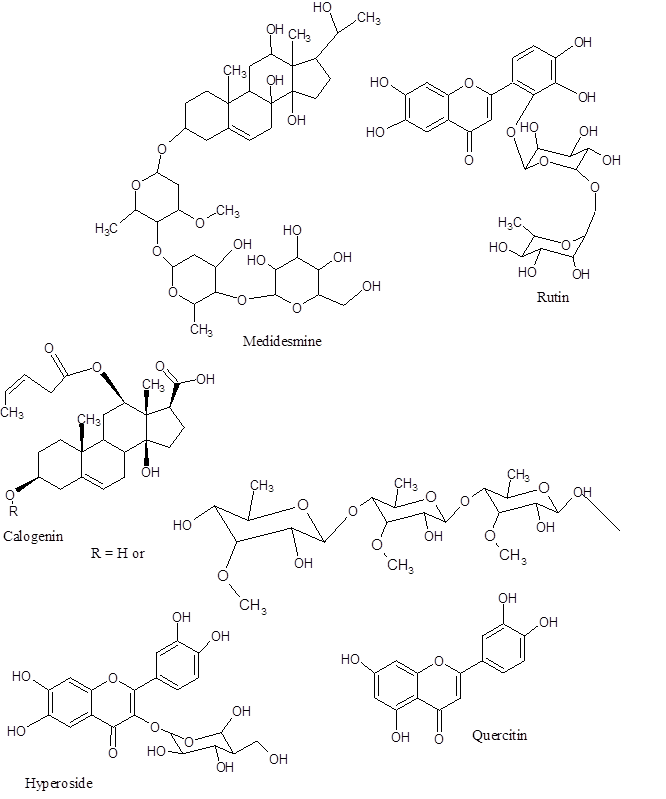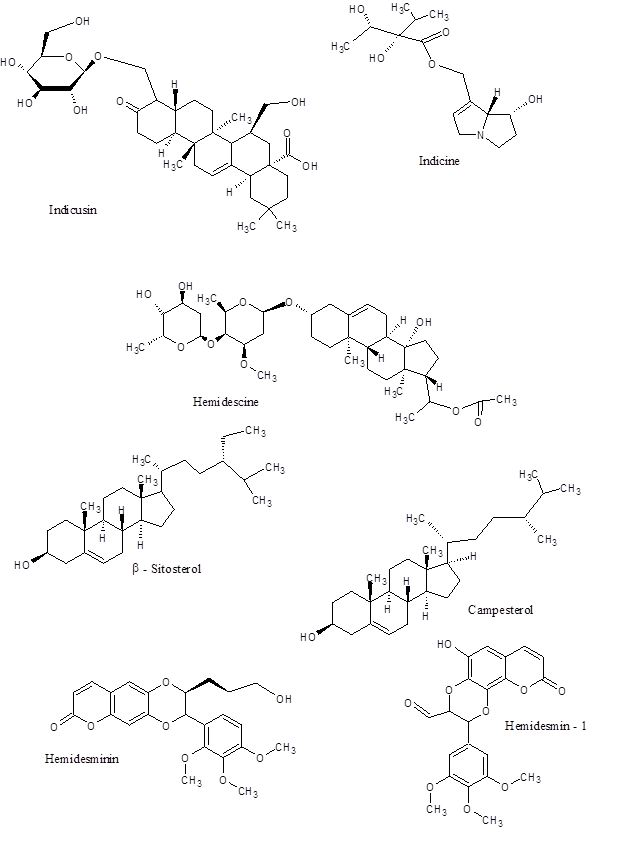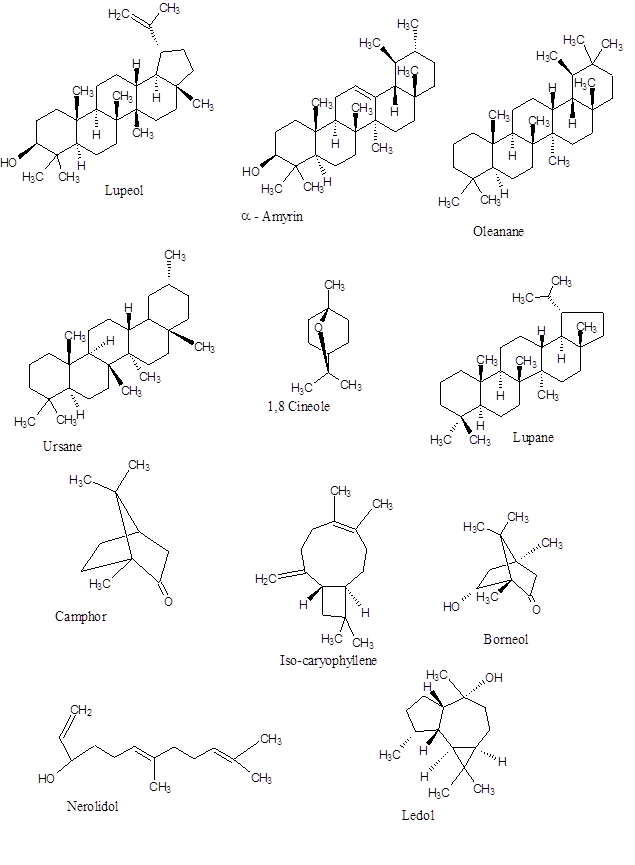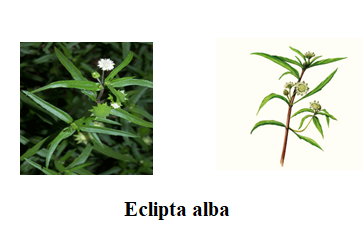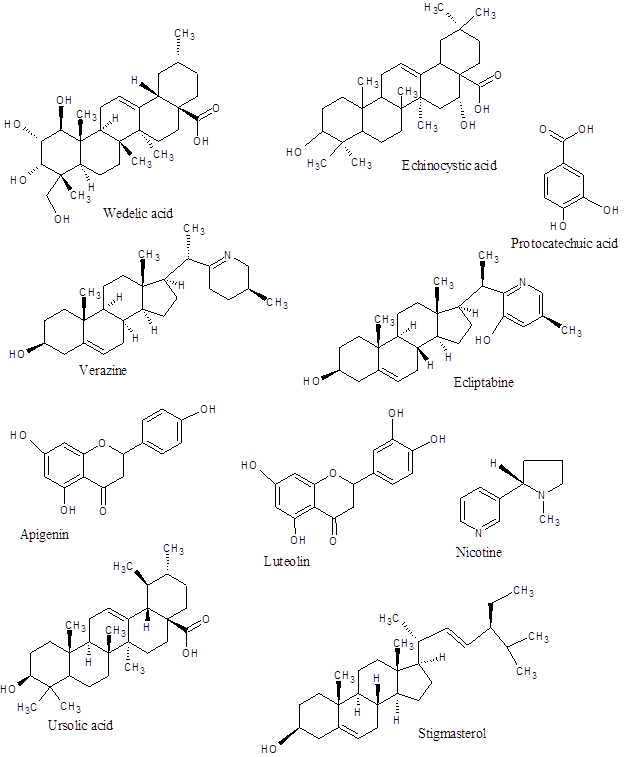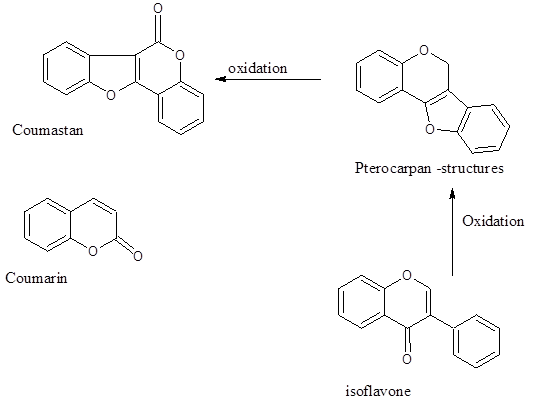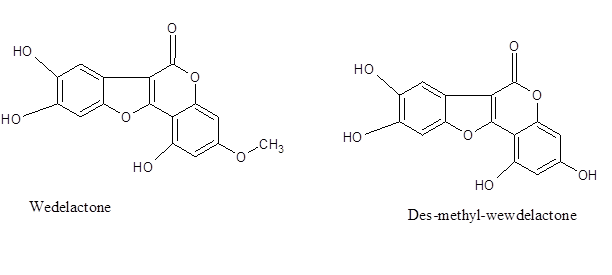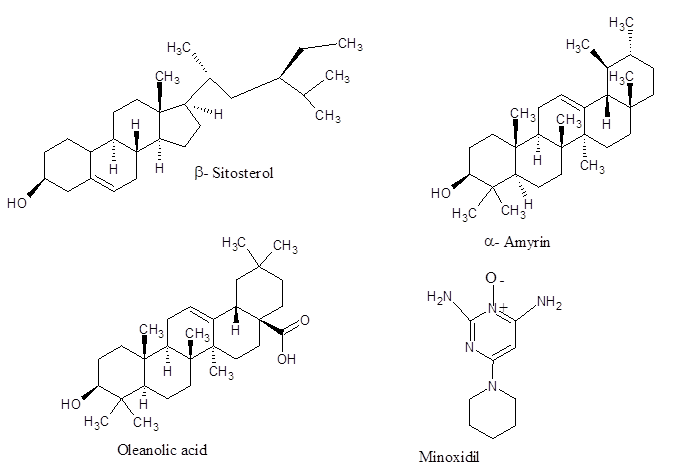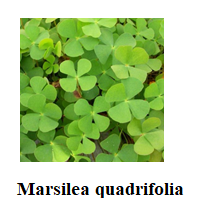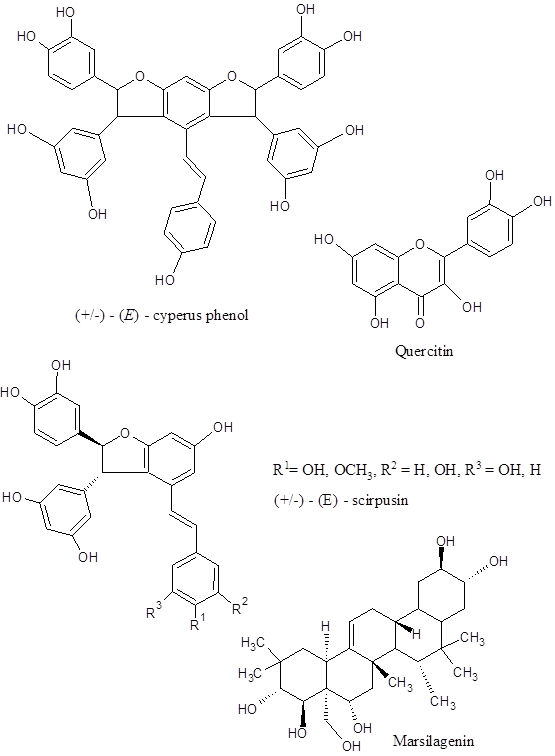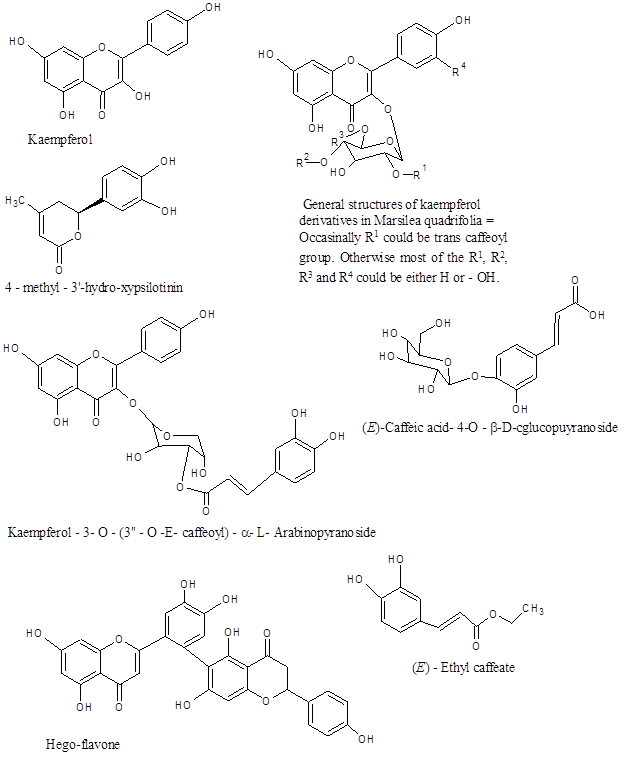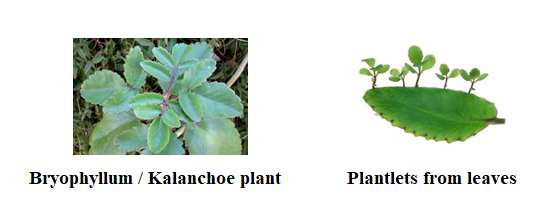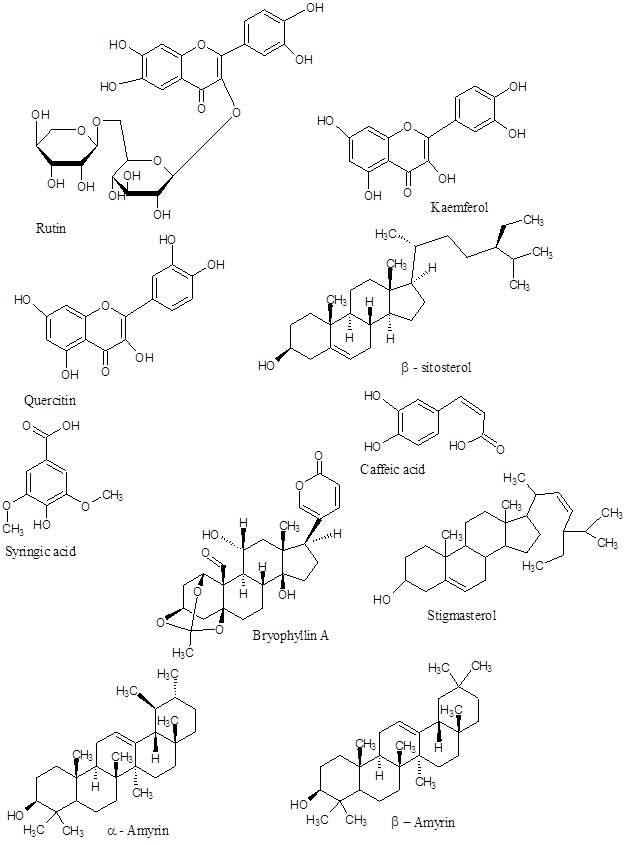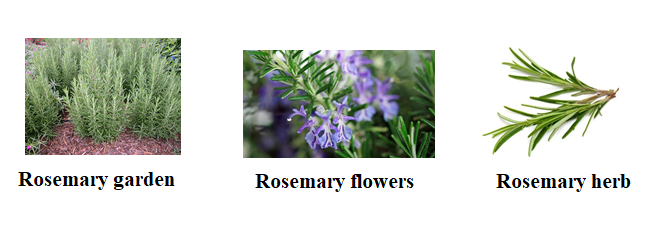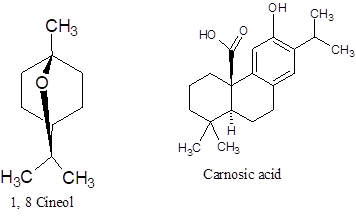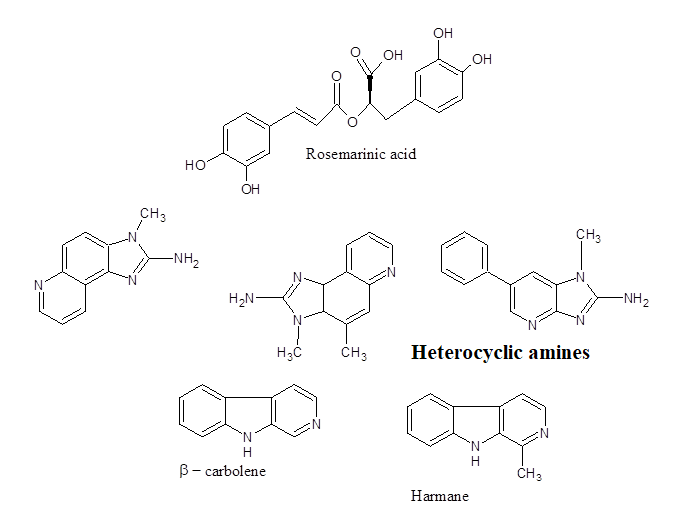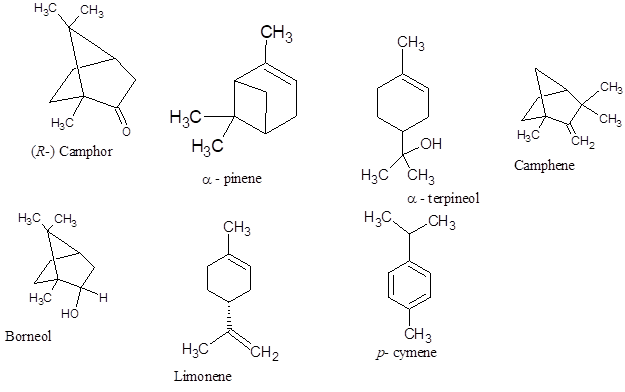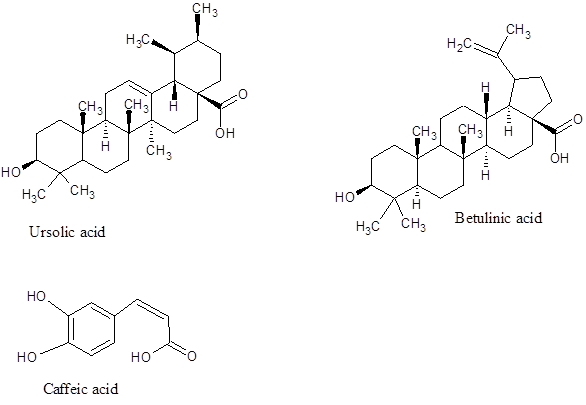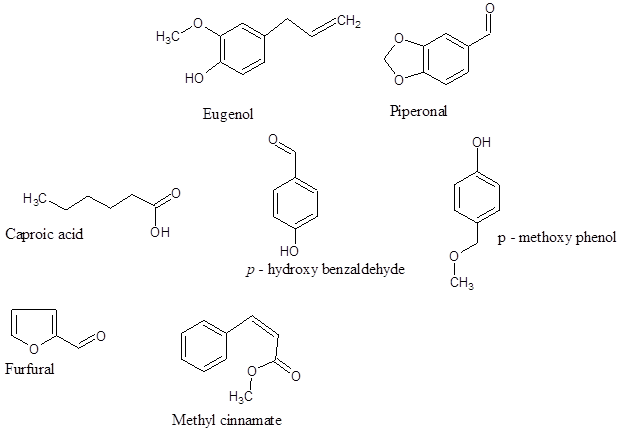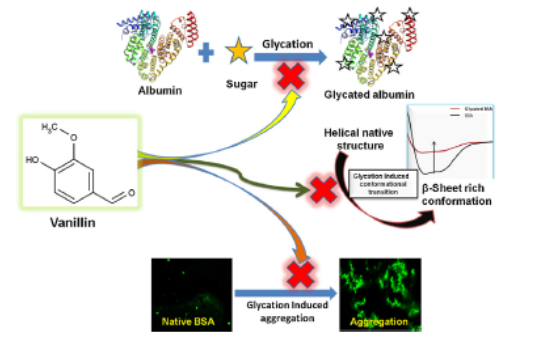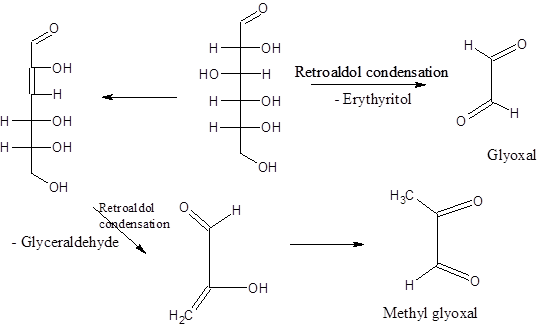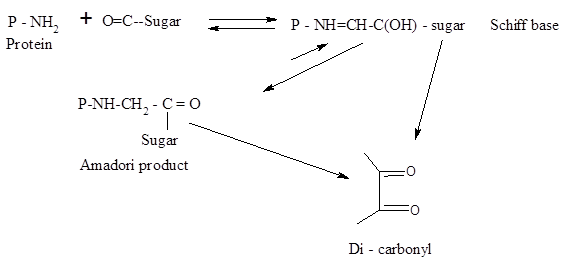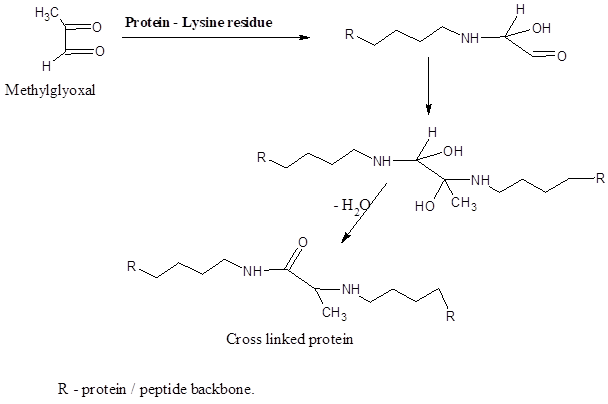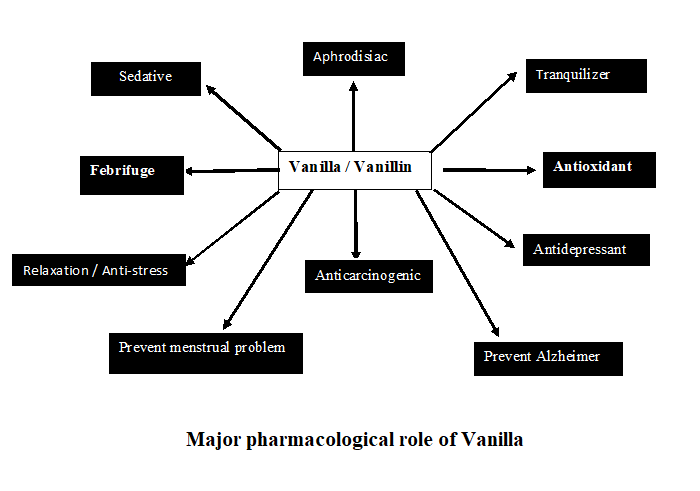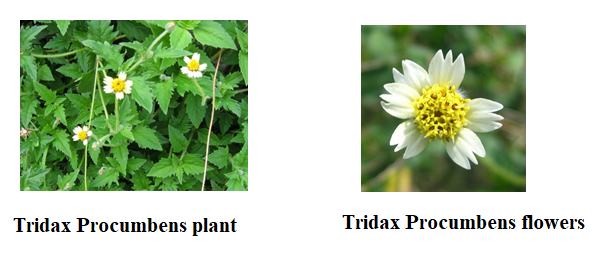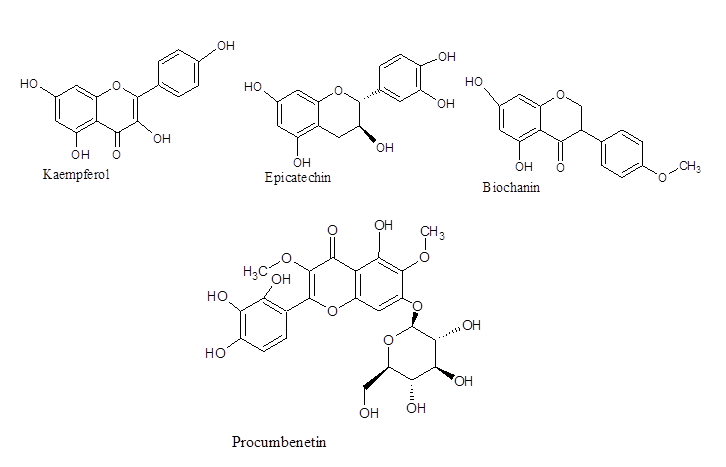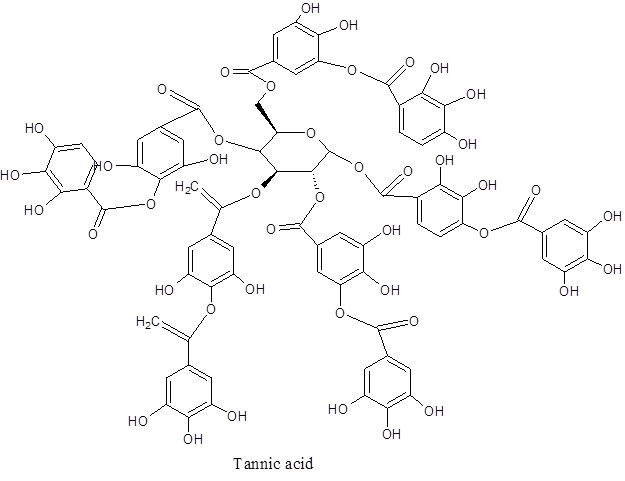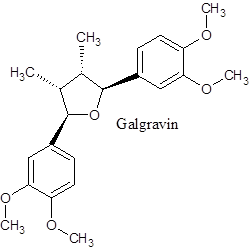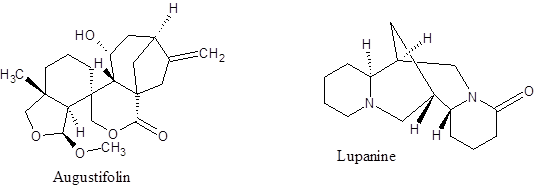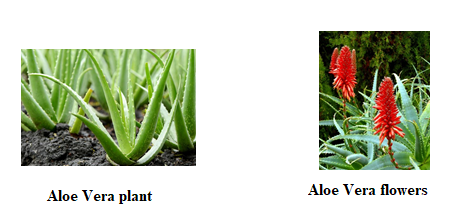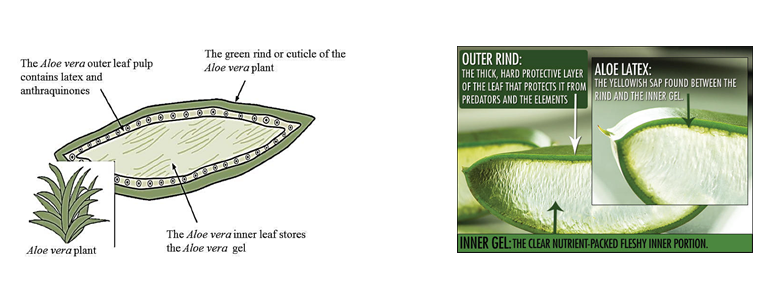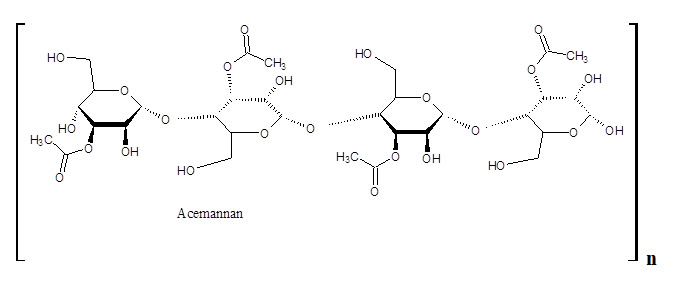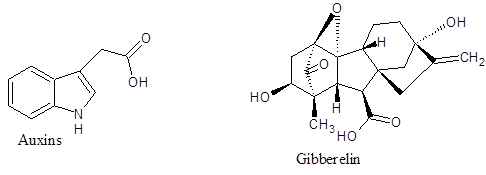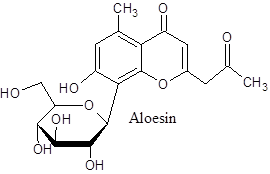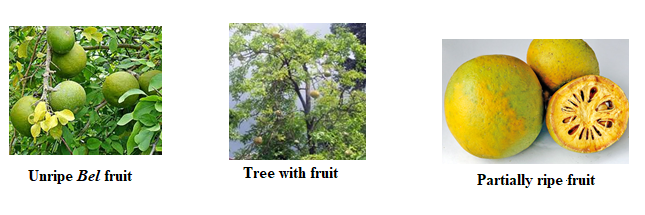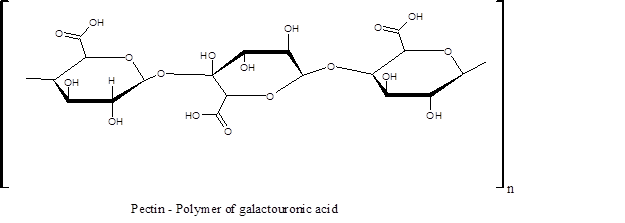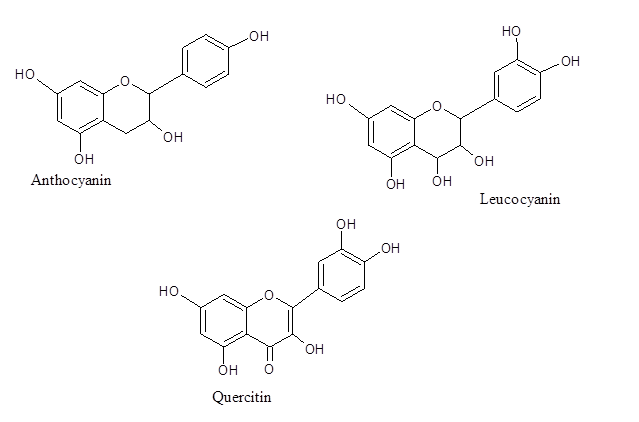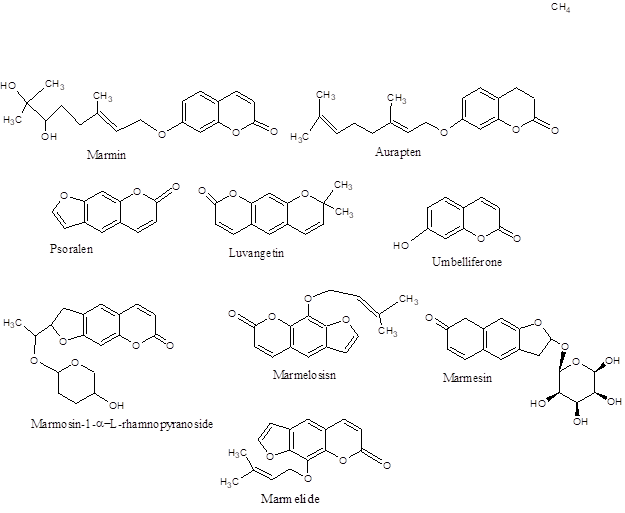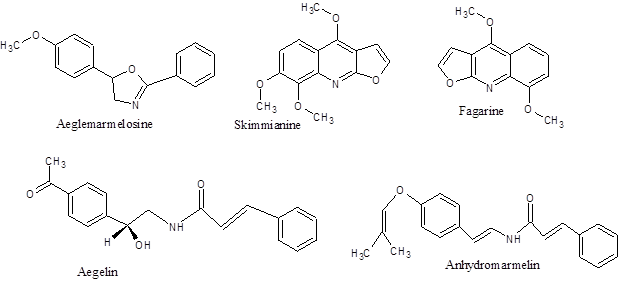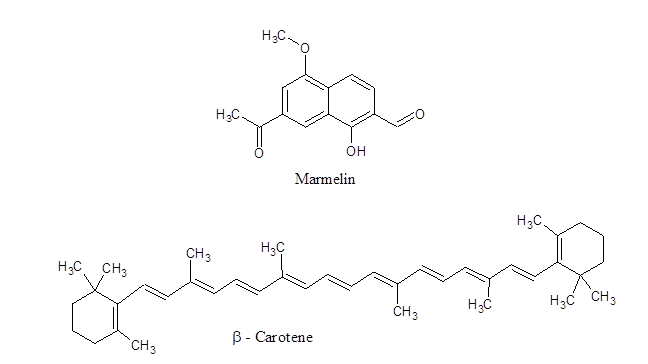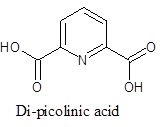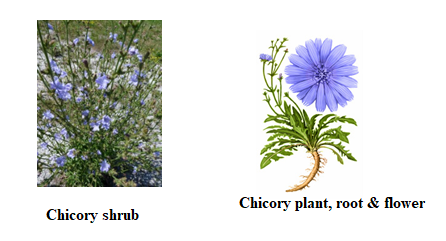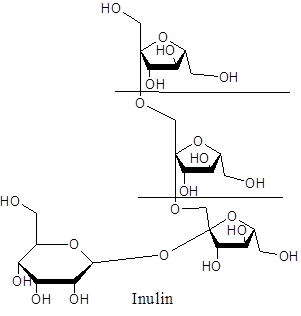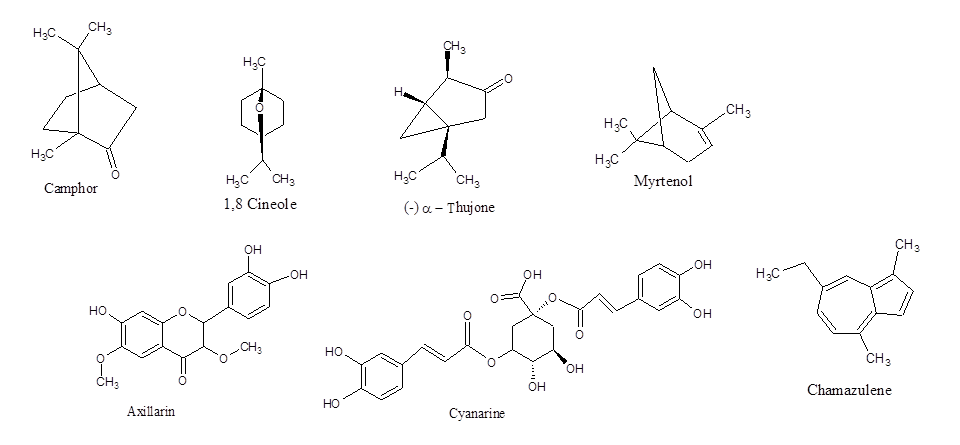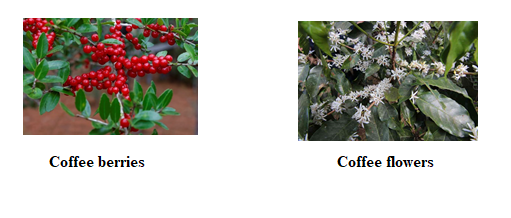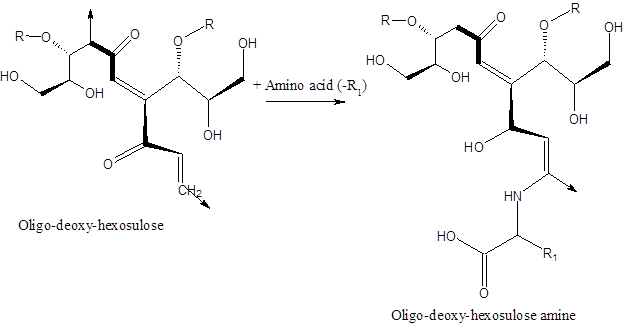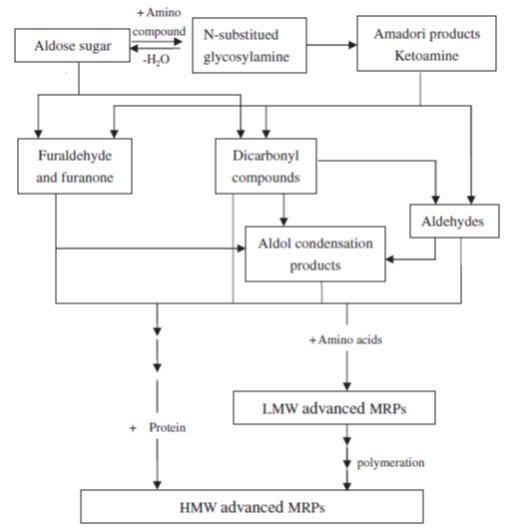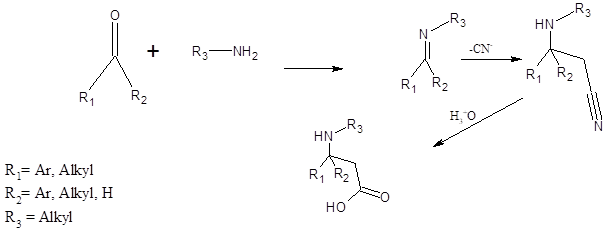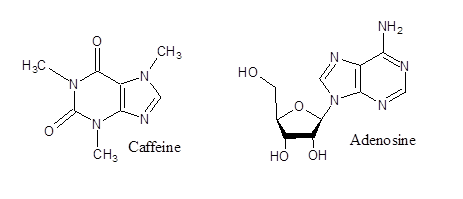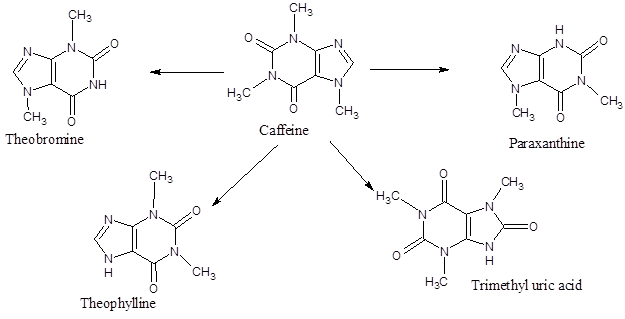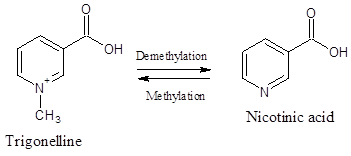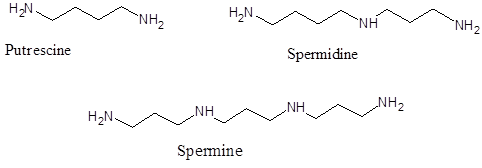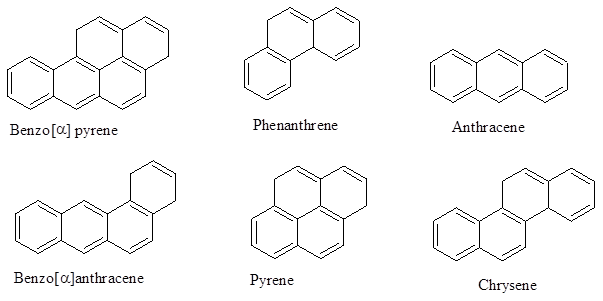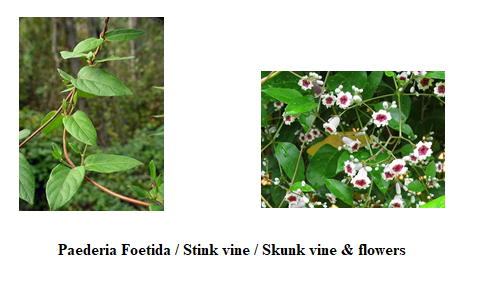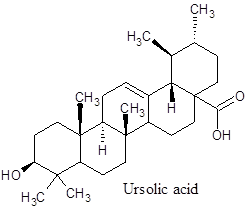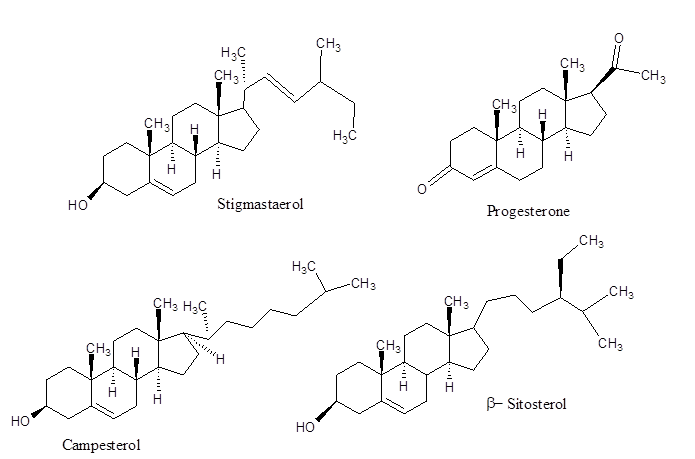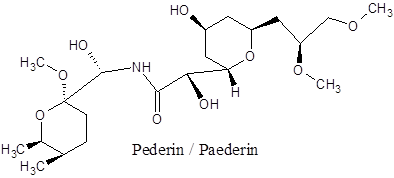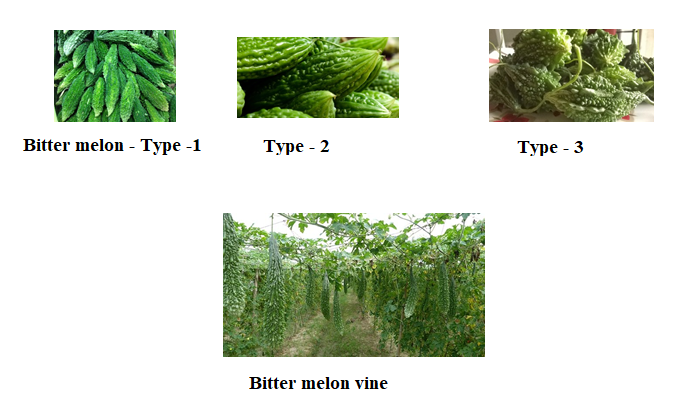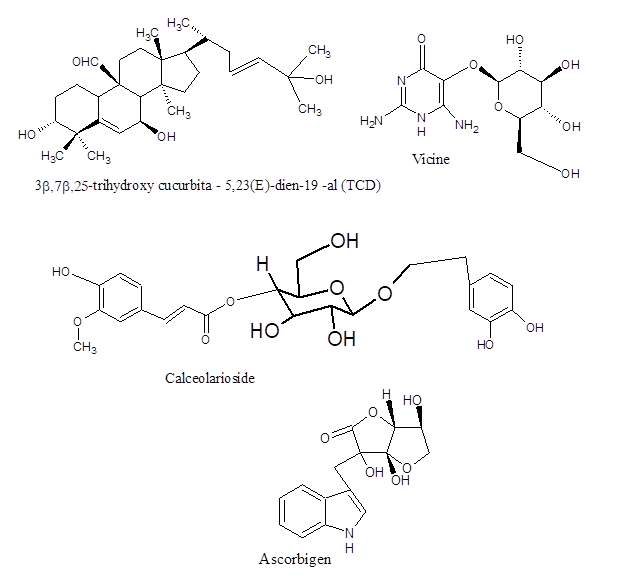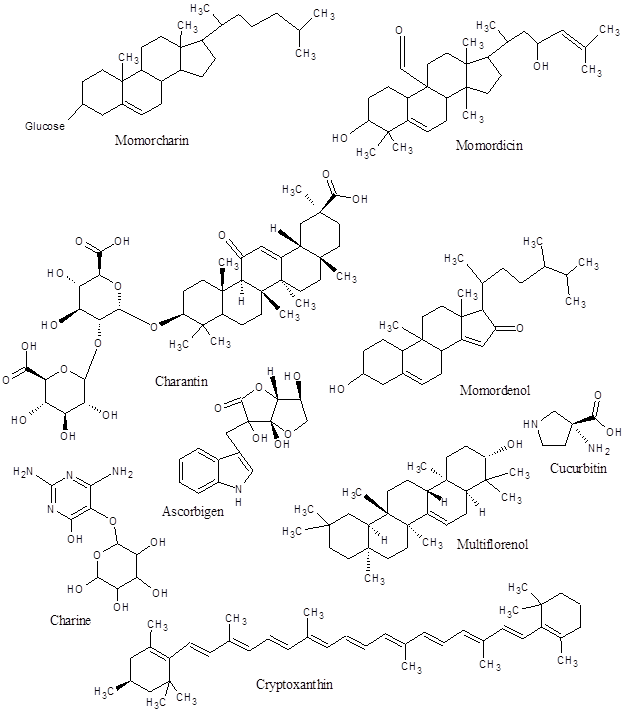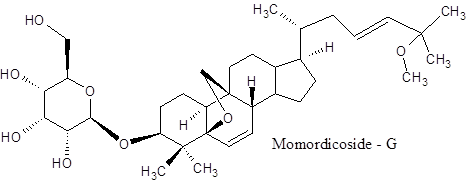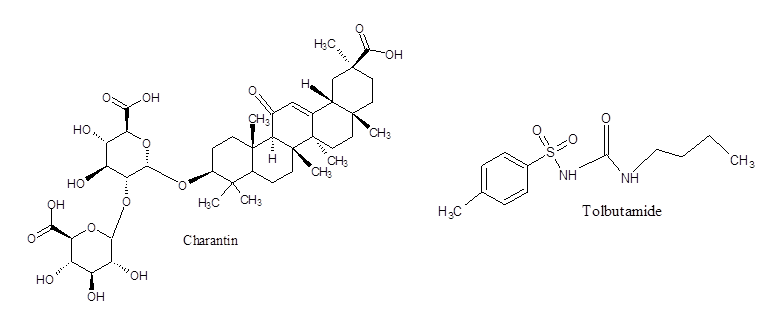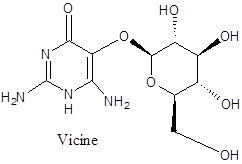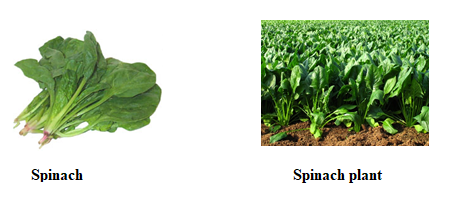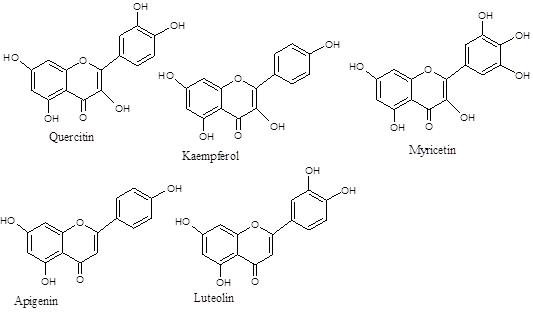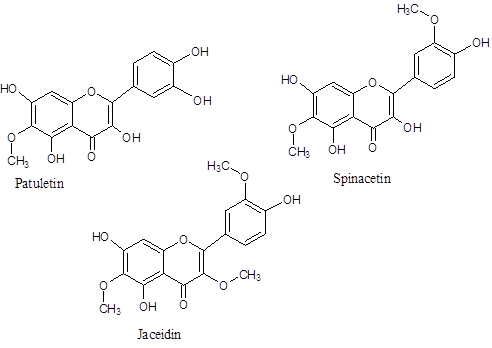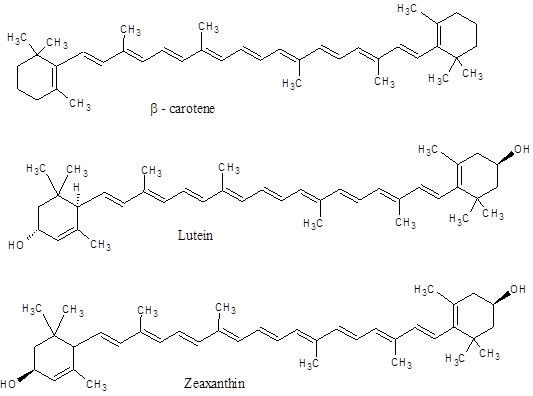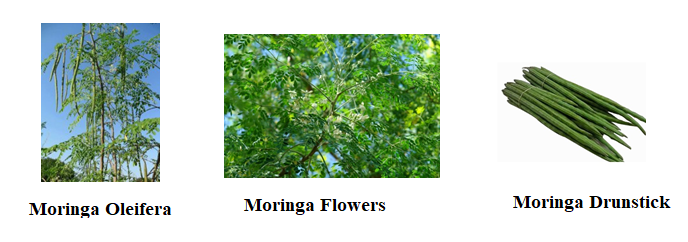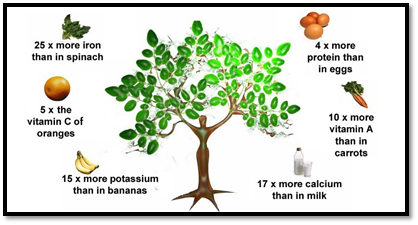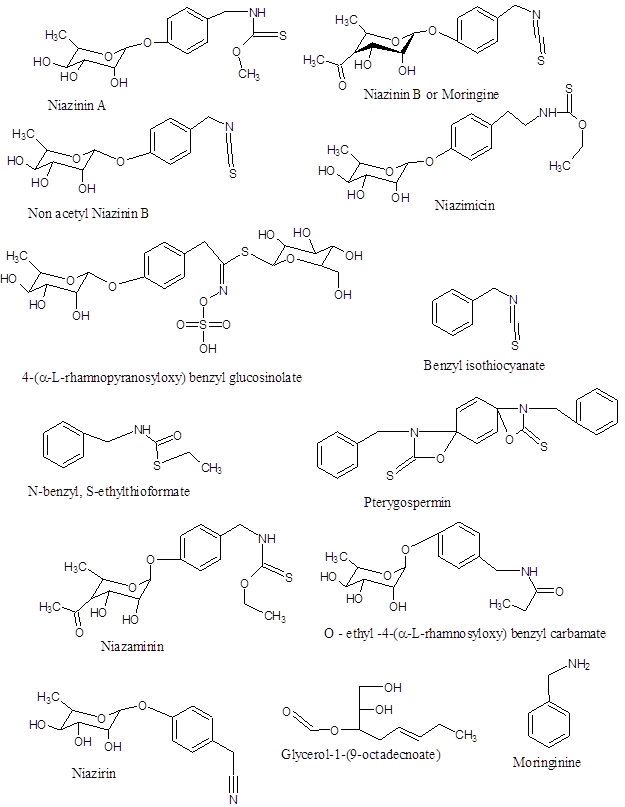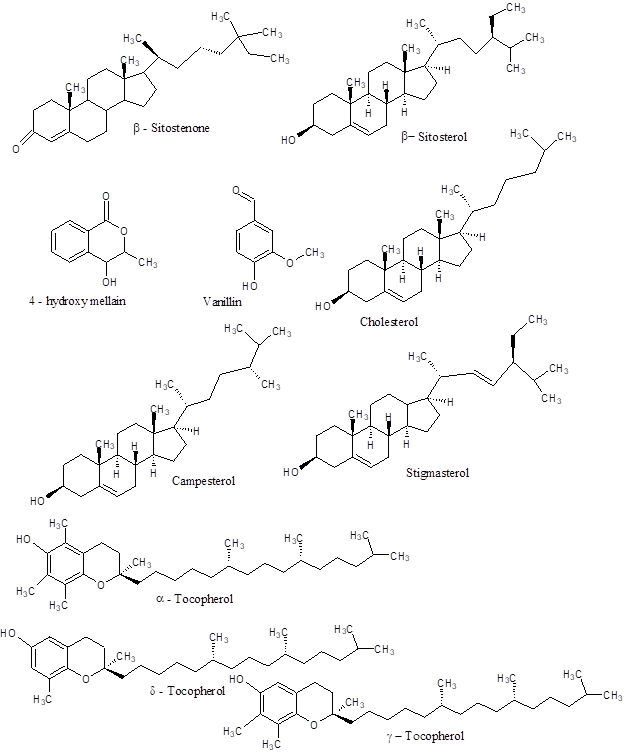Arnica / Arnica Montana
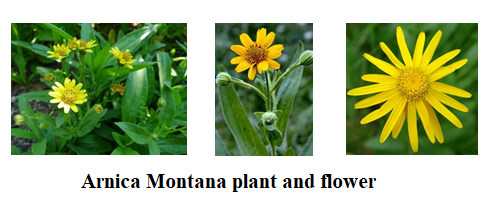
General features: It is herbaceous aromatic perennial non-edible flowering plant belonging to Asteraceae family (sunflower family) holding large flower head. The name originates from the Greek word ‘arni’ meaning lamb due to its soft and hairy leaves. However, it is also colloquially named as Mountain tobacco or Leopard’s bane or Wolfsbane. Although these names are also used for a different herb eg, Aconitum which is highly poisonous by nature. Arnica has nearly forty different species. The plant grows in sub-alpine temperate zones of North America and northern Eurasia at about ~ 10,000 ft high altitude. The major usable species is Arnica Montana (AM), which is widely famed as pain medication. For extensive period of time, it has been used as herbal medicine owing to its anti-inflammatory and analgesic effects. The species, AM is abundant in many European nations like England and several of Balkan states or some parts of northern Italy. It is noticed to be in large use within East European countries particularly within Balkan nations. AM grows in nutrient poor silica rich soils. In a strange way this species is steadily declining from the earth. In recent days, the demand is very high. It is now considered as an endangered species in most of the European nations. According to USDA, AM is regarded as hazardous herb due to the toxic nature for possessing Helenalin, a poisonous sesquiterpene. If orally consumed the plant produces gastroenteritis or bleeding of the digestive tract or even damaging the liver. It enhances the heart rate, exerts muscular weaknesses, and produces nervousness even causing skin irritation. It is also proven to be mutagenic. If ingested at high doses it may bring fatality.
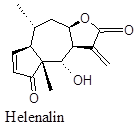
As per the description, plant sizes vary widely between 8 – 24 inches in height. The plant or its bright yellow colored flowers spread pleasant aroma. The flowering season starts between May to August in Europe. The basal leaves are dark green and ovate with rounded tips which are bright colored. The upper leaves are spear shaped and opposed, exception within Asteraceae family. The bright yellow flowers are built by yellow disc florets at the center and orange – yellow florets at the outside part. Uniquely, the plant can survive in extreme weather condition. AM grows rhizomes that grows in two years cycle.
Folk / traditional medicinal uses: Historically, AM is in use over the centuries as herbal medicine. Often hydro-alcoholic extract or ointment or gel prepared from leaves and roots are externally used for potent anti-inflammatory, anti-neuralgic, bactericidal, anti-rheumatic, anti-septic, and counter-irritant and wound healing effects. As per its analgesic and antiinflammatory efficiency, it is quite similar to Willow bark or even Ibuprofen. It is mostly used externally due to the toxicity so often applied topically to treat bruises, boils, edema, contusions, hematoma, joint pain, sprains, muscle pain, thrombosis, alopecia neurotic, rheumatic arthritis and osteoarthritis. Rubbing arnica oil on the scalp increases hair growth. In the past, AM is occasionally taken at a low dose internally for its cardiotonic, CNS stimulant, expectorant, and sedative and nervine action. It is infrequently used to treat liver, stomach and intestinal cancers. Arnica at very high dilution is often administered as homeopathic medicine (mother tincture = 1-10 dilution).
Chemical components: More than 150 physiologically active phyto-compounds have been identified within Arnica Montana plant consisting of sesquiterpene lactones like Helenalin, 11a, 13-dihydro-helenanlin and its short chain acid esters (0.3 to 1.0 % dry wt in flower head and 0.1 to 0.5 % in leaf), flavonoids (0.6 to 1.7 %) in the form of glycosides, glucuronides or aglycones; essential oil (long chain fatty acids), thymol derivatives, mono and sesquiterpenes. The other constituents are carotenoids, diterpenes, Amidiol (triterpene), pyrrolizidine alkaloids (Tussilagine and Iso-tussilagidine), polacetylenes, coumarins (Umbelliferone and Scopoletin), Phenolic acids (Chlorogenic acid, Caffeic acid and cynarin, 1.0 – 2.2 %), Liganans, dicafeoyl quinic acid derivatives and oligosaccharides. It produces sesquiterpene lactones of various derivatives of Helenalin (dihydro Helenalin, 2, 3 dihydro-aromaticin and others), Trans-Caryophyllene, Germacrene, β – farnesene, Mexicanin, Chemissonoid etc. The major flavonoids are Apigenin, Luteolin, Hispidulin, Quercitin and Kaempferol and its glycoside derivatives. The constituents of AM are categorized below.
Flower – The flower contains large quantity of flavonoids (0.4 – 0.6%), sesquiterpenes, acetylenes, hydroxy-coumarin, phenyl acrylic acid and moderate level of essential oil (0.2 – 0.35%), phenyl carbonic acid (chlorogenic acid, Caffeic acid, Cynarin), pyrrolizidine alkaloids (Tussilagin and Isotussilagin).
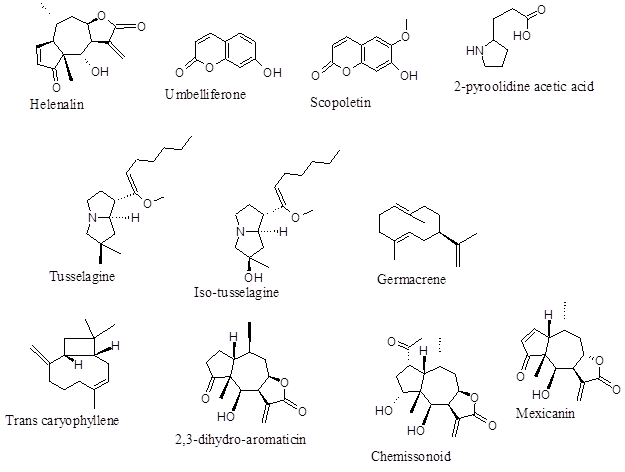

The flowers also synthesize sesquiterpene lactones like Helenalin and its associated derivatives including 11a, 13-dihydro-helenalin and 2, 3 dihydro-aromaticin, Mexicanin and Chemissonoid. In addition it synthesizes coumarin derivatives like Umbelliferone and Scopoletin. The level of sesquiterpene lactone varies with the maturity of flowers. Usually, sesquiterpene lactones are known for its potent anti-inflammatory and cytotoxic role in physiology. Normally, most pyrrolizidine alkaloids are known to be hepato-toxic but experiments indicate that Tussilagine or Iso-tussilagine does not possess that property. Contrarily, they exert beneficial immune-modulatory actions helping prevent cancers even multiple myeloma. Umbelliferone and Scopoletin are phyto-coumarins. They undergo synthesis inside the plants following Phenylpropanoid pathway using L-phenylalanine. Coumarin derivatives show various physiologic actions acting as anticoagulant, antibacterial, antiinflammatory, antitumor, and anti-hyperglycemic and molluscidal agent.
Seeds – It contains mostly phenolic acids (Chlorogenic acid and Caffeic acid) and flavonoids (Quercitin and kaempferol, Luteolin and Apigenin) and its glycosides. All of them have strong anti-oxidant role thus subsequently exert anti-inflammatory as well as anti-neoplastic effect. They also impose anti-atherosclerotic function therefore good for the cardiac health. It also possesses sesquiterpene lactones which are seen to be potent biochemically for anti-inflammatory role.
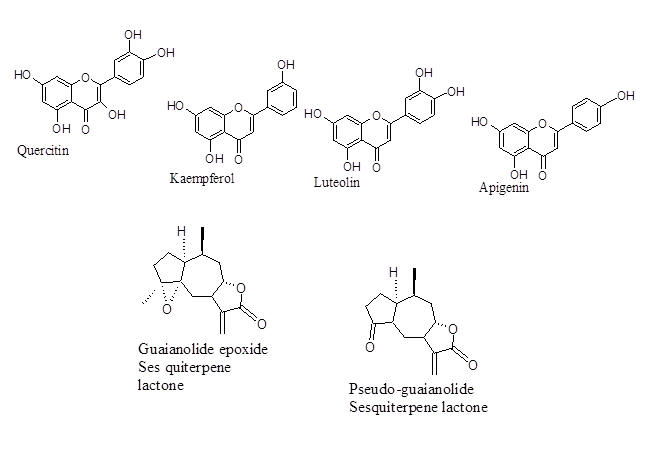
Roots – The major components of rhizome and root are essential oil containing approximately 56 bioactive ingredients. Some of them are shown below.
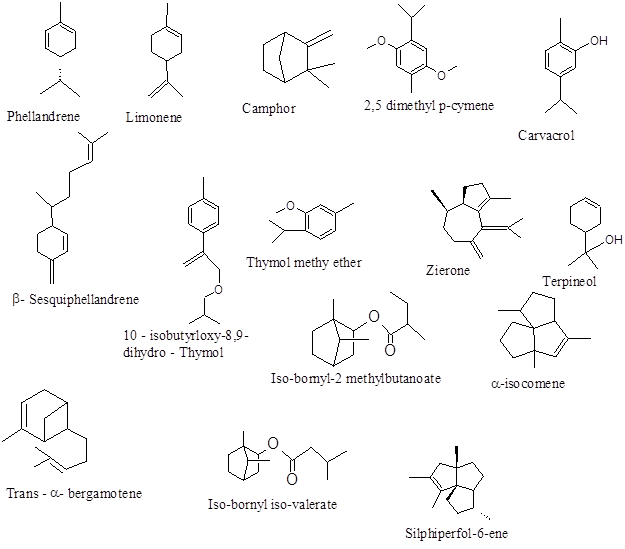
Major constituents of essential oil from Arnica Montana root
Pharmacological effects: From very ancient time Arnica Montana has been widely used either for healing or cosmetic purposes or for using in the liquer. Plenty of pharmaceuticals are identified also constructed based on the chemical structure and properties of its ingredients from leaves or roots of the plant. The most active constituents are sesquiterpene lactones which have proven significant ability to reduce inflammation and subsequently reducing the pain due to the excellent immunomodulatory role. It also acts as tonic to the nervous system. The extract of Arnica has strong anti-oxidant property also exerts cytotoxic effect. It helps stimulate the circulation enabling to raise the blood pressure within coronary arteries. The most common uses of AM are aimed to provide relief for arthritis, ulcers, burns, eczema and acne. Besides powerful antibacterial actions, it can also reduce pain and inflammation considerably. It is noteworthy that majority of the use is only applicable externally. Usually, the oral administration of any parts of AM extract is not recommended.
Anti-inflammatory effect – Most sesquiterpene lactones show considerable anti-inflammatory actions. Among those Helenalin stands out to be the most potent one. The molecule inhibits the activation of nuclear transcription factor NF – κβ which is the actual mediator of immune response. Its antiinflammatory action is quite different from non-steroidal antiinflammatory (NSAID), indomethacin or aspirin. The molecule directly and selectively alkylates p65 subunit of NF – κβ using its lactone moiety thereby preventing the activation and subsequent inflammatory action. The extract of AM also prevent degranulation of mast cells and histamine release. In that way, it increases the vascular permeability. Thus considering the overall act it can act as anti-allergic also.
Anti-osteoarthritic property – Experiments conducted by preparing a gel from Arnica Montana extract or separately using Helenalin or 11α, 13-di-hydro Helenalin or its ester offers significant anti-osteoarthritic effect. Studies further show that complete inhibition of NF – κβ by the Helenalin and its other derivatives are quite identical to glucocorticoids on inflammatory cascade even in the case of permeation through skin. The action is also very same as ibuprofen.
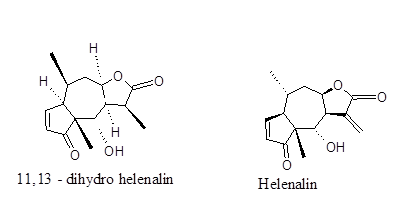
Analgesic effect – Experiments indicate that the presence of high level Thymol, a monoterpenoid phenol in AM extract is presumably one of the major underlying causes behind the analgesic as well as anti-inflammatory effects which might occur by inhibiting the recruitment of cytokines and chemokines. The overall actions also rest on antioxidant role by scavenging the free radicals and other subsequent related events. Further, Thymol inhibits T cell immune response while improving the action of T-helper cells (Th1) (IL-2) and IFN – γ / Th-2 (IL-4), IL-5 and IL-10 involved in the anti-inflammatory activities. Thymol also downregulates mitogen activated protein kinase and NF – κβ signaling pathways.

Anti-oxidant effect – The extracts indicate produce considerable anti-oxidant effect which is due to the presence of flavonoids and phenolic compounds. Arnica shows considerable reduction of mitochondrial O2 consumption. It also provides protection from Ca+2 and inorganic PO4 induced hepatic mitochondrial membrane permeability, lipid peroxidation produced by Fe+2 – citrate and ROS mediated protein fragmentation.
Inotropic effect – Experiments reveal that Helenalin and its derivatives impose positive inotropic effect on myocardium isolated from guniepig within the range of 10-5 to 10-3 M / L concentrations. Essentially, it increases the release of Ca+2 from the sarcoplasmic reticulum thus enhancing the influx within the cytosol of heart muscle cells. Studies further show that at higher concentrations above 10-3 M / L the compound(s) creates irreversible negative inotropic effect, lowering the level of cytosolic Ca+2 thereby weakening the force of heart muscle contraction.
Anxiolytic effect – Numerous physiologic experiments identify the anxiolytic action of AM plant extract which is not due to the presence of flavonoids or tannins. The exact compound(s) is not identified but the effect is comparable to the commercially available drugs Diazepam (Valium) by enhancing the action of GABA.
Anti-platelet action – The crude extract of AM leaves, stems or roots exert anti-platelet aggregating action. The identifiable compounds are sesquiterpene lactones, Helenalin and 11α, 13 – dihydro-Helenalin which enable to prevent collagen induced platelet aggregation, thromboxane formation including also serotonin secretion. The actions can be blocked by thiol containing compounds or cysteine. This along with the other experiments indicate that sesquiterpene lactones react with the – SH group(s) on platelet surface facilitating to prevent the aggregation. The event could be related to reduction of Phospholipase – A2 action thus inhibiting the Arachidonic acid metabolism pathway subsequently barring the production of Thromboxane also.
Anti-hair loss activity – It has been known for a long time that the essential oil of AM can boost hair growth. The major identifiable compounds are essential oil, fatty acids, thymol, sesquiterpene lactones of pseudo-guaianolides and flavanone glycosides. The active component among those items is possibly thymol. Among the numerous physiological role, thymol has ability to enhance the circulation thereby allowing the micronutrients enriching the needs of hair follicles.
Microbial and insecticidal effect – Experiments conducted by agar diffusion method have proven that extract of Arnica exhibit potent anti-microbial, insecticidal and fungicidal property. The presence of Thymol and few of its derivatives are recognized to be one of the causes. The presence of Helenalin and its related derivatives are thought to be the underlying cause.
Uterotonic effect – The alcoholic extract of flower heads show potent uterotonic action by contracting the uterine muscle of rabbits, cats and rats when injected intravenously. The effect is considered to be due to the presence of sesquiterpene lactones in the plant.
Effect of respiration – The extract of AM can increase respiratory frequency 35 – 45 % in rats, rabbits if injected intravenously. The identifiable component is 6 – O- acetyl-11, 13-dihydro-helenalin.
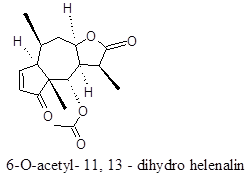
Hypopigmentation effect – The extract of AM or its purified product consists of several sesquiterpene lactones, particularly Helenalin 2 – methyl butyrate induces Heat shock protein – 70 (Hsp70) gene expression including the transcription factor – 1 of Hsp 70 with incremental doses. The protein Hsp70 uniquely helps hypopigmentation by lowering the melanin production as well as the activity of Tyrosinase. In that way either purified derivative Helenalin 2-methyl butyrate or AM extract is often added to the cosmetics for creating fair skin by lowering melanin formation.
Immunomodulatory effect – Several polysaccharides from AM flowers have significant immune-stimulating property enhancing the phagocytosis of granulocytes. For example, arabino-3, 6-galactan protein of Mw 105 KD enable to activate macrophages releasing TNF that increases phagocytosis. Some other fractions isolated also follow the similar role.
Toxicology: According to Food and Drug Administration (FDA) of United States, Arnica Montana is toxic and unsafe for oral consumption, so it has been advised not to apply on cuts or at any bleeding events. The plant has large reserve of Helenalin and its derivatives are considered toxic thus not to consume orally which might produce gastrointestinal problems including bleeding inside the gastric tract or damaging the liver. In many occasions it often produces nervousness, muscular weakness and acceleration of heart rate. It is also suspected to be mutagenic.
The flo
As
As per th


